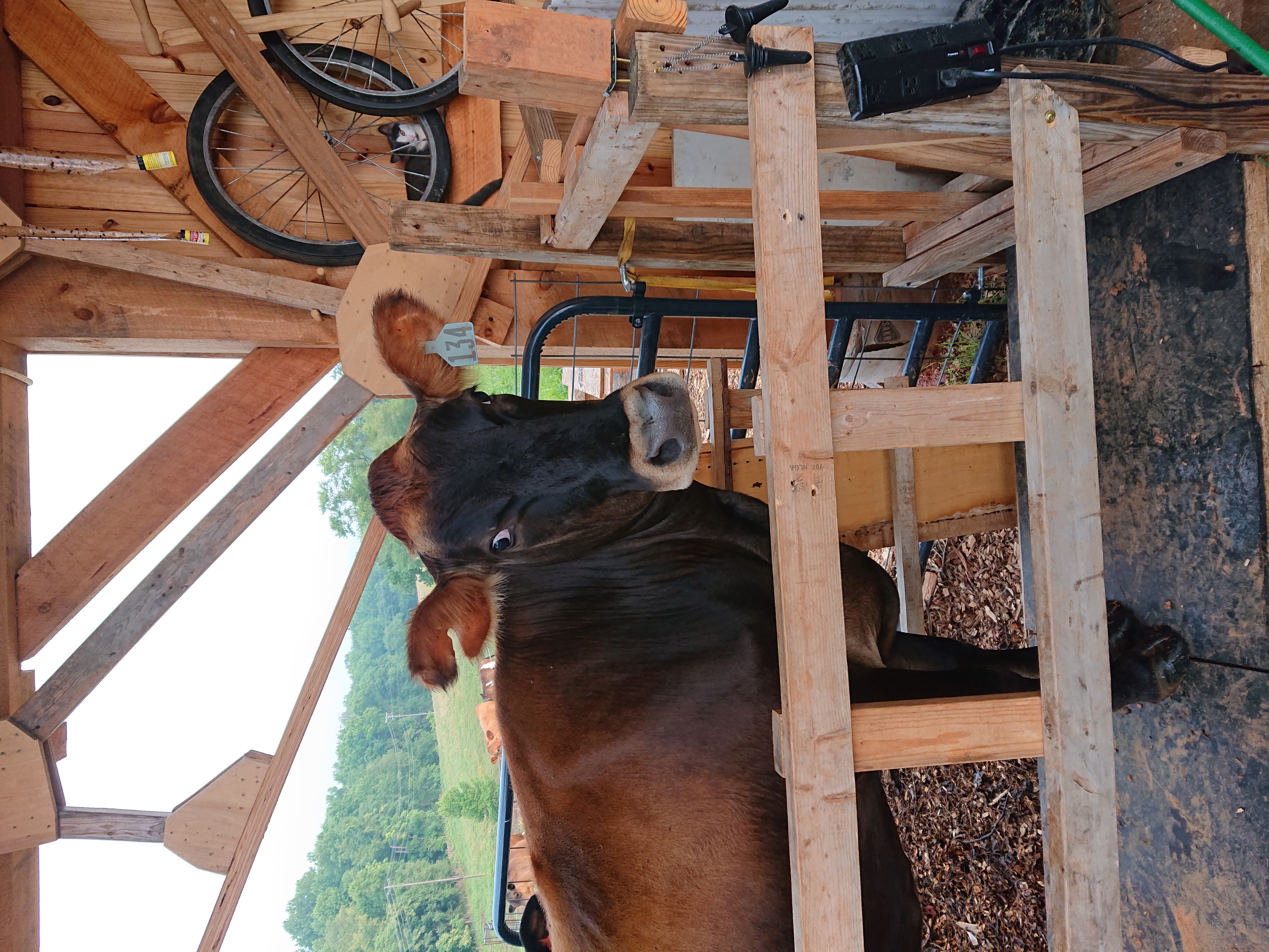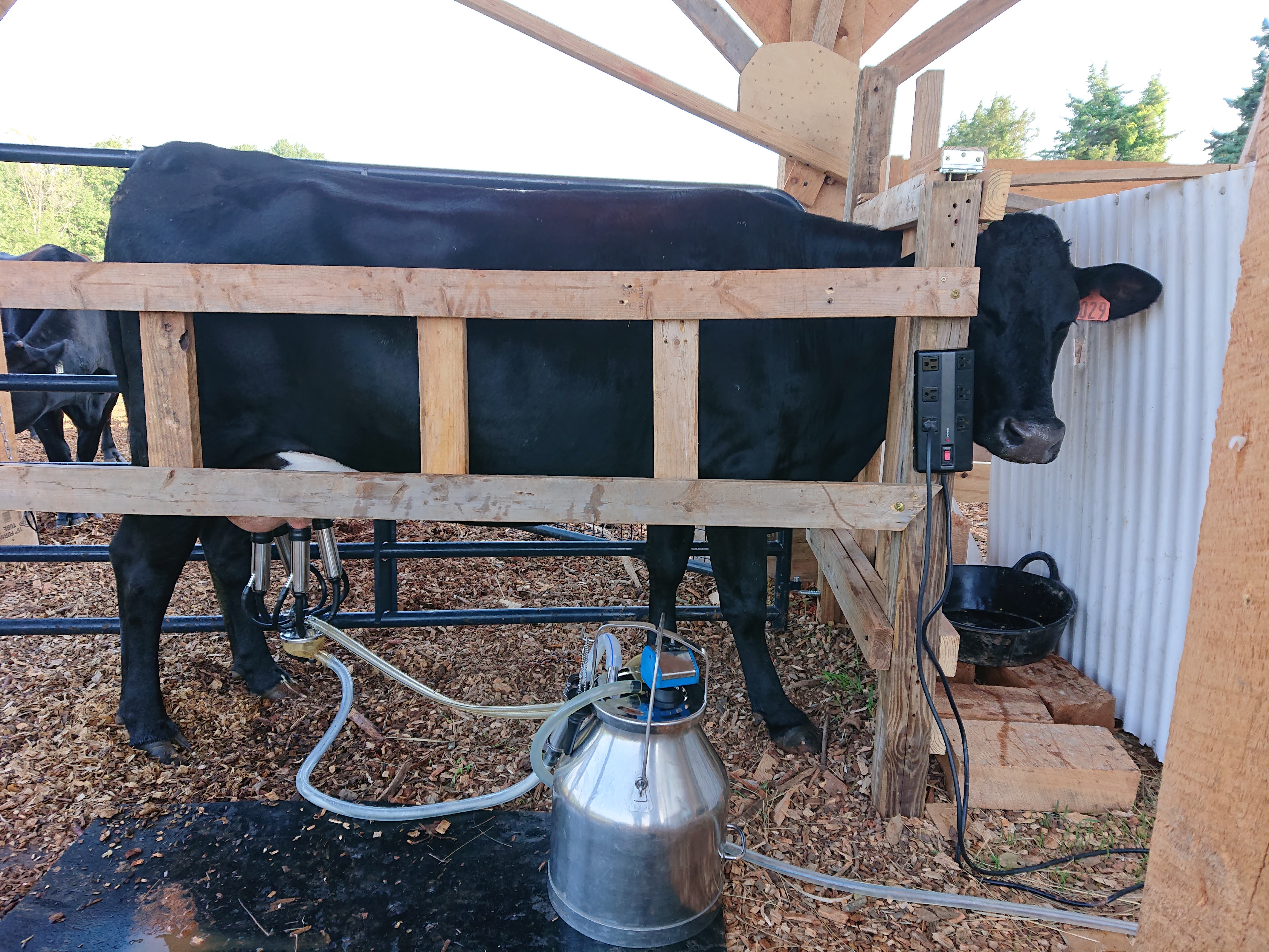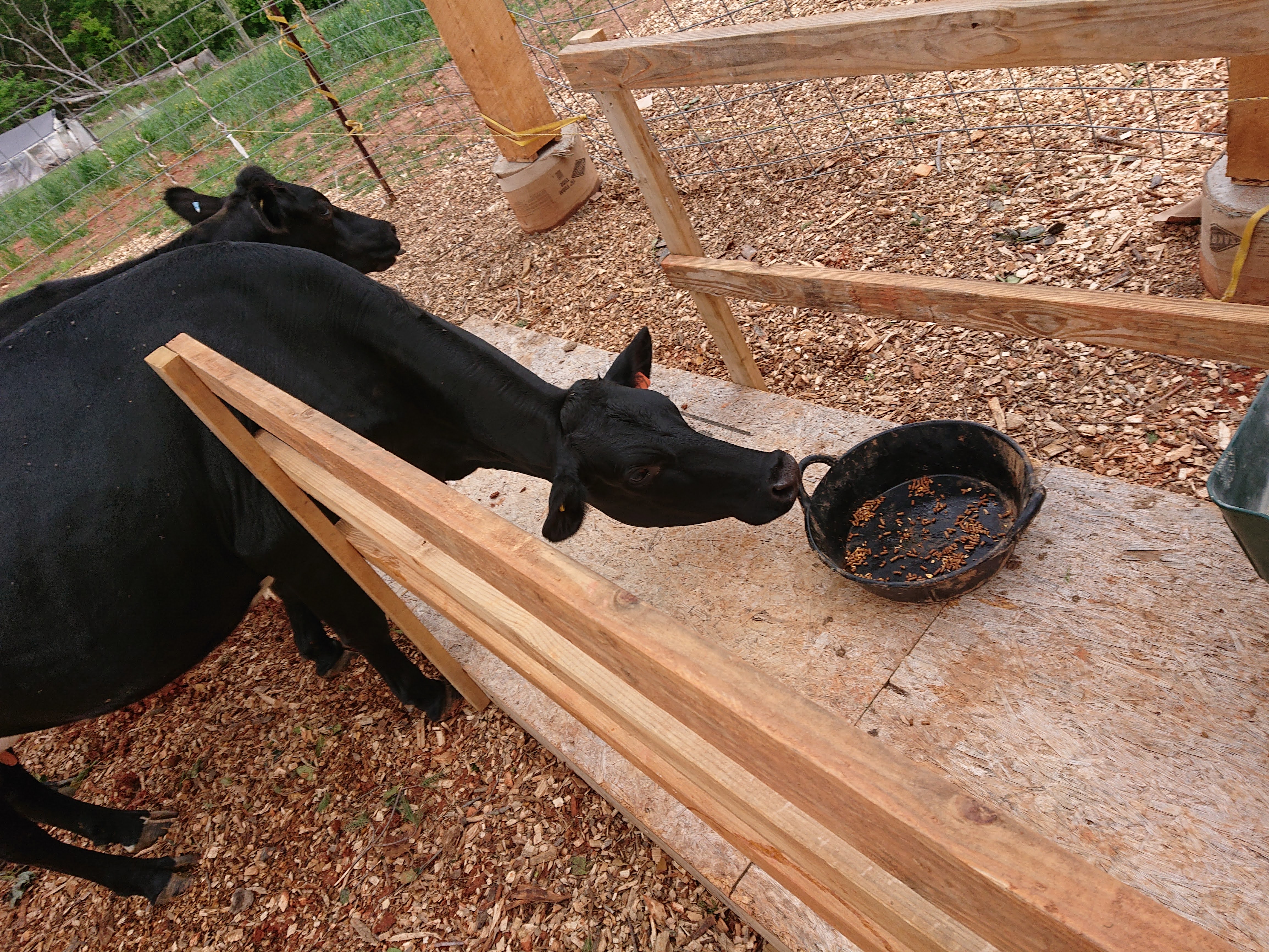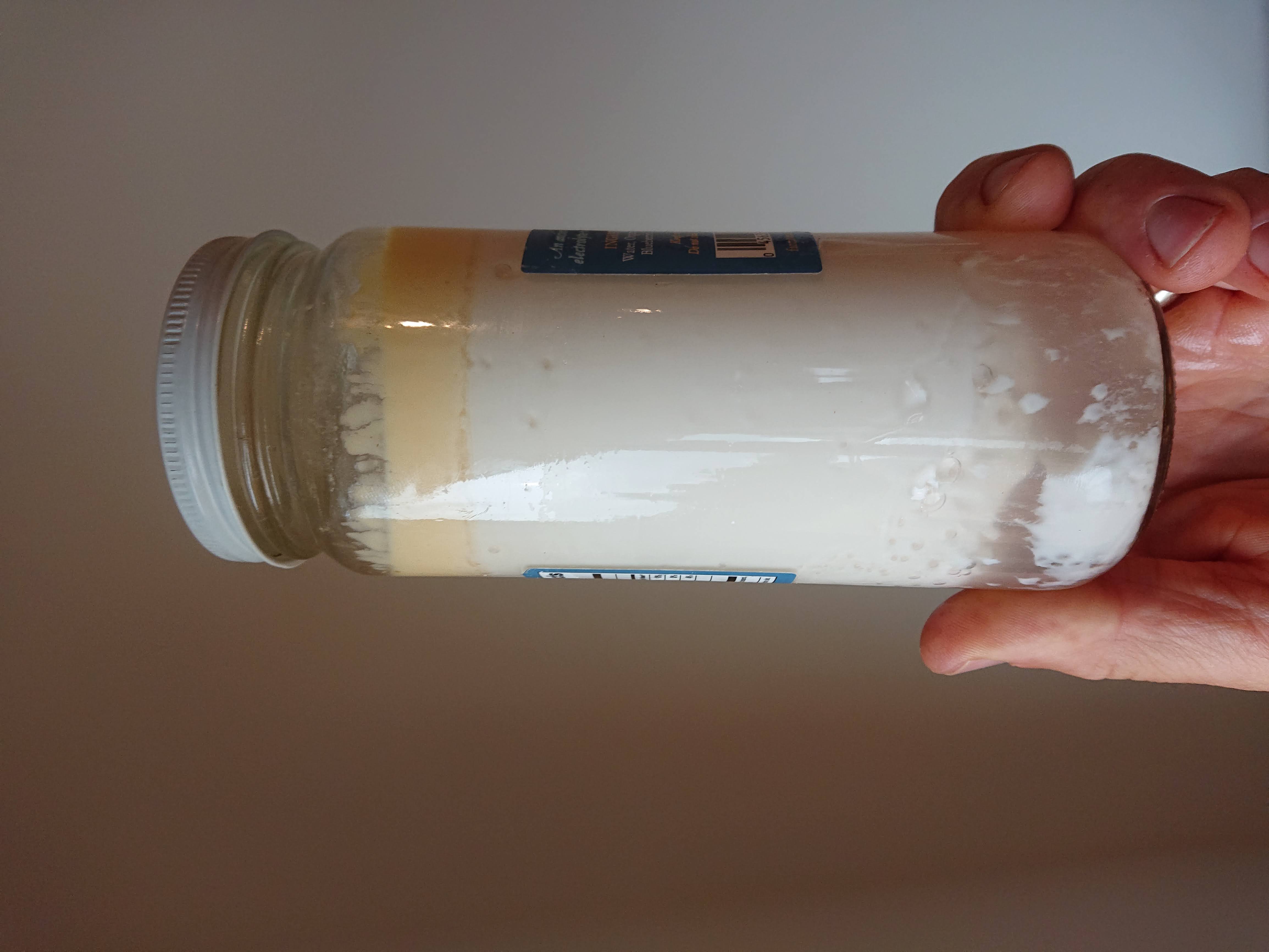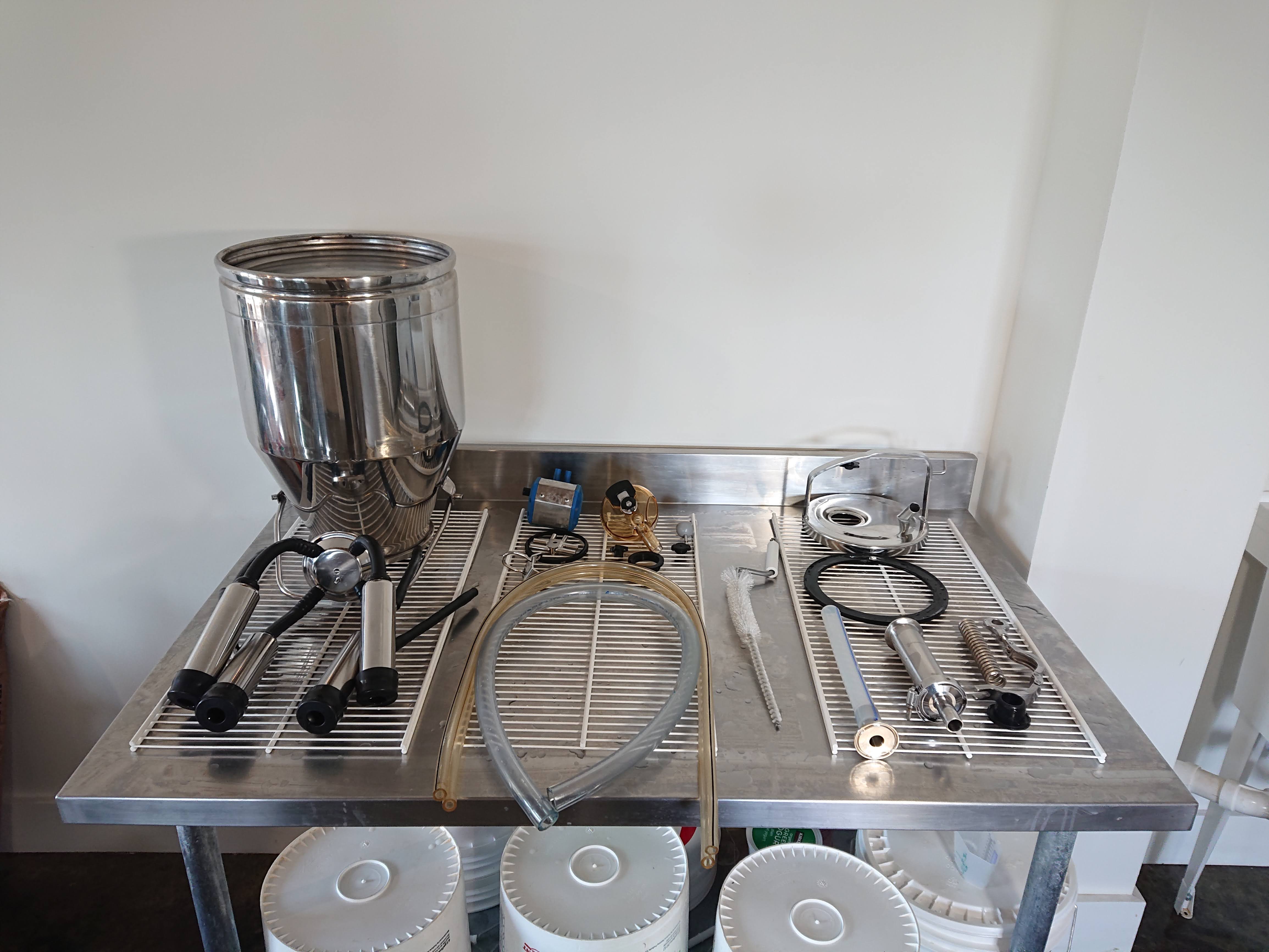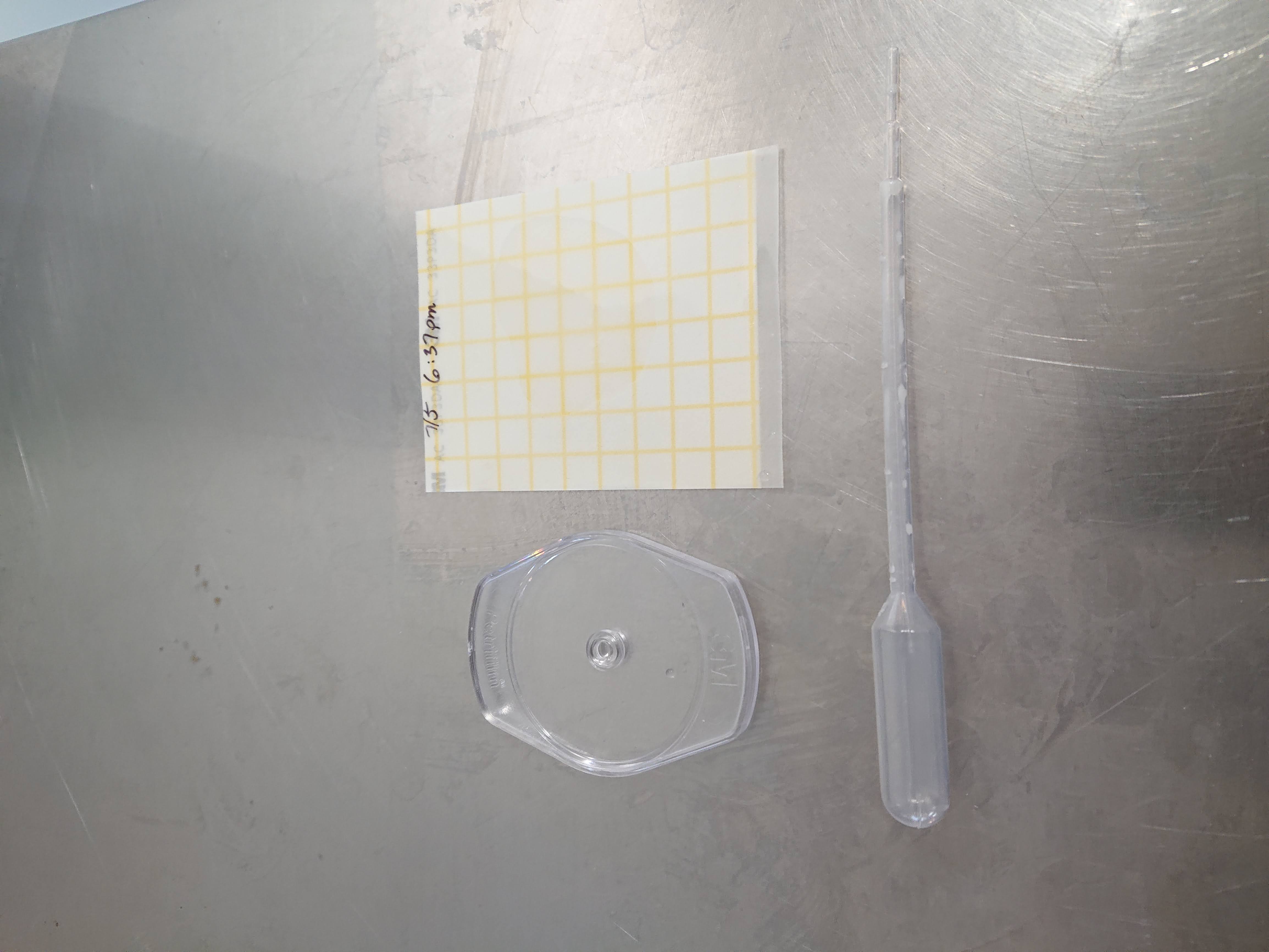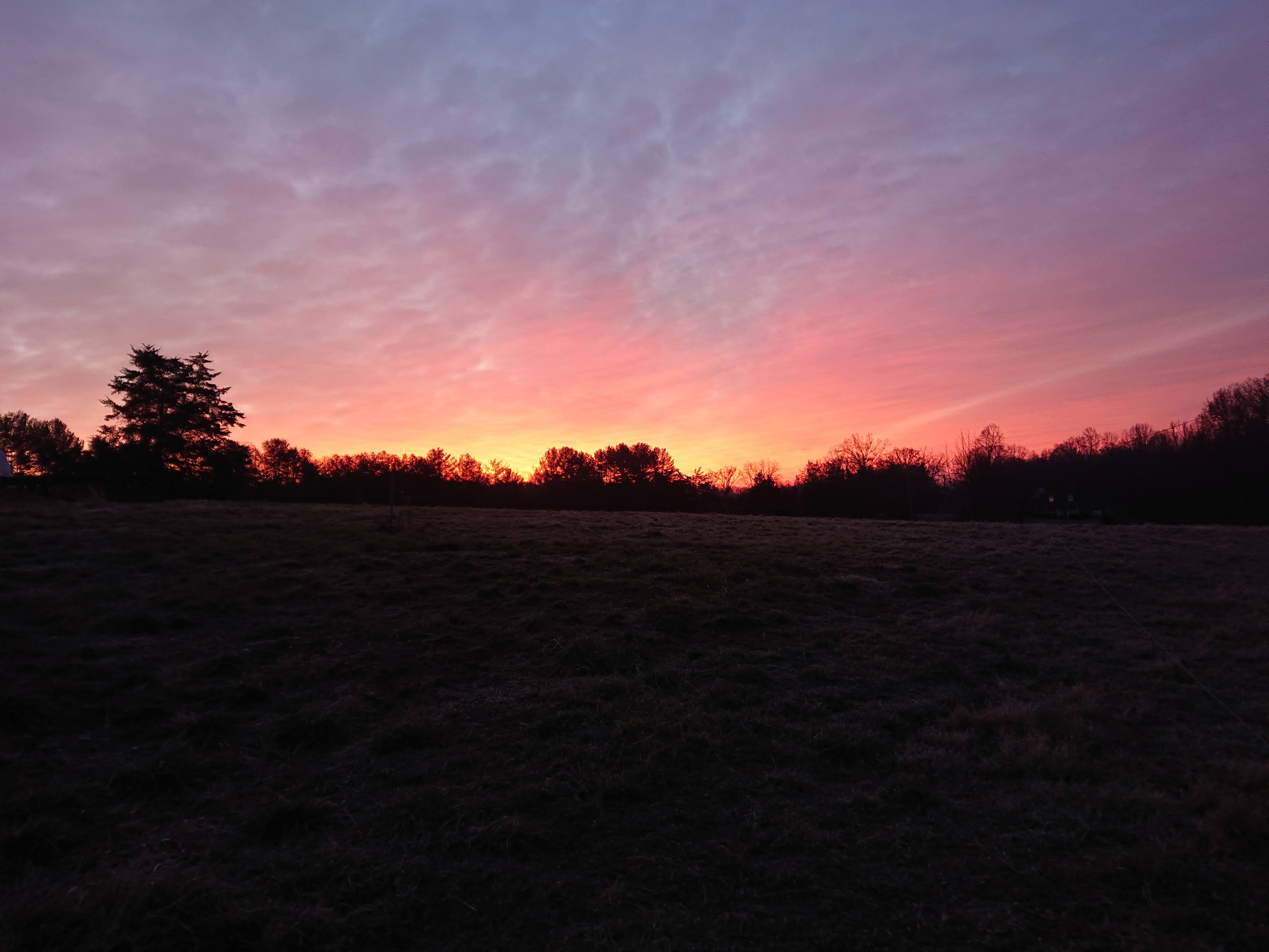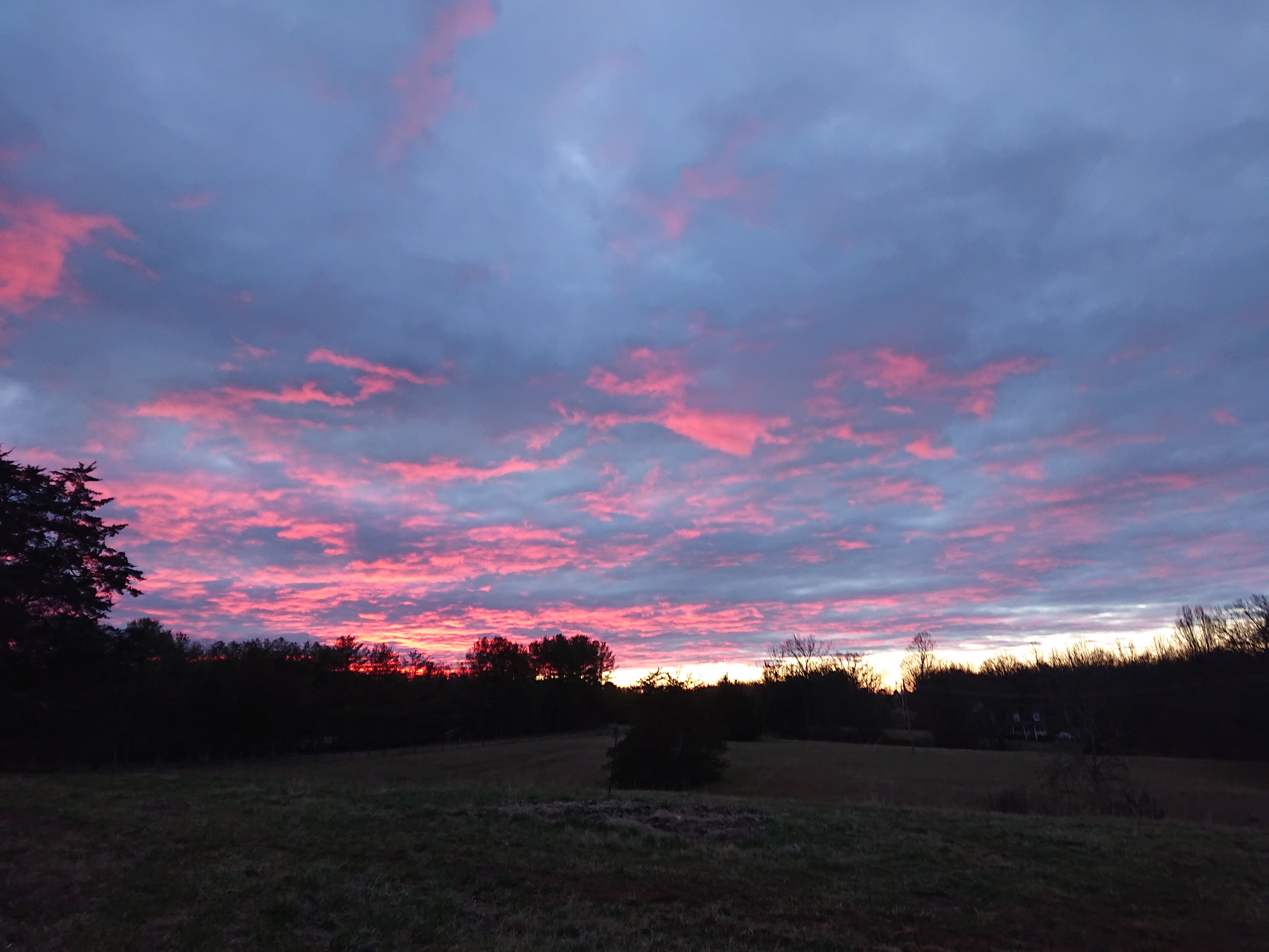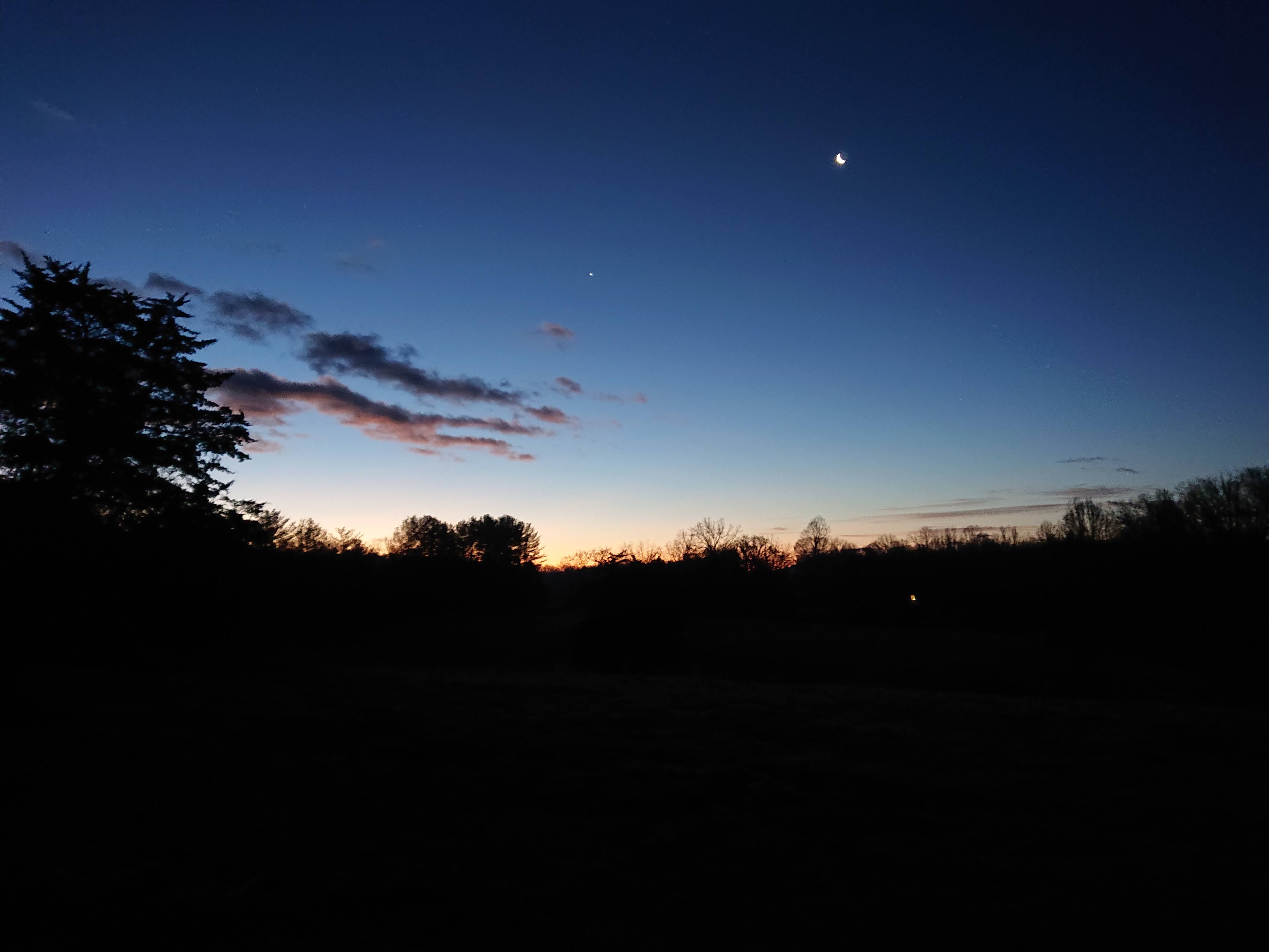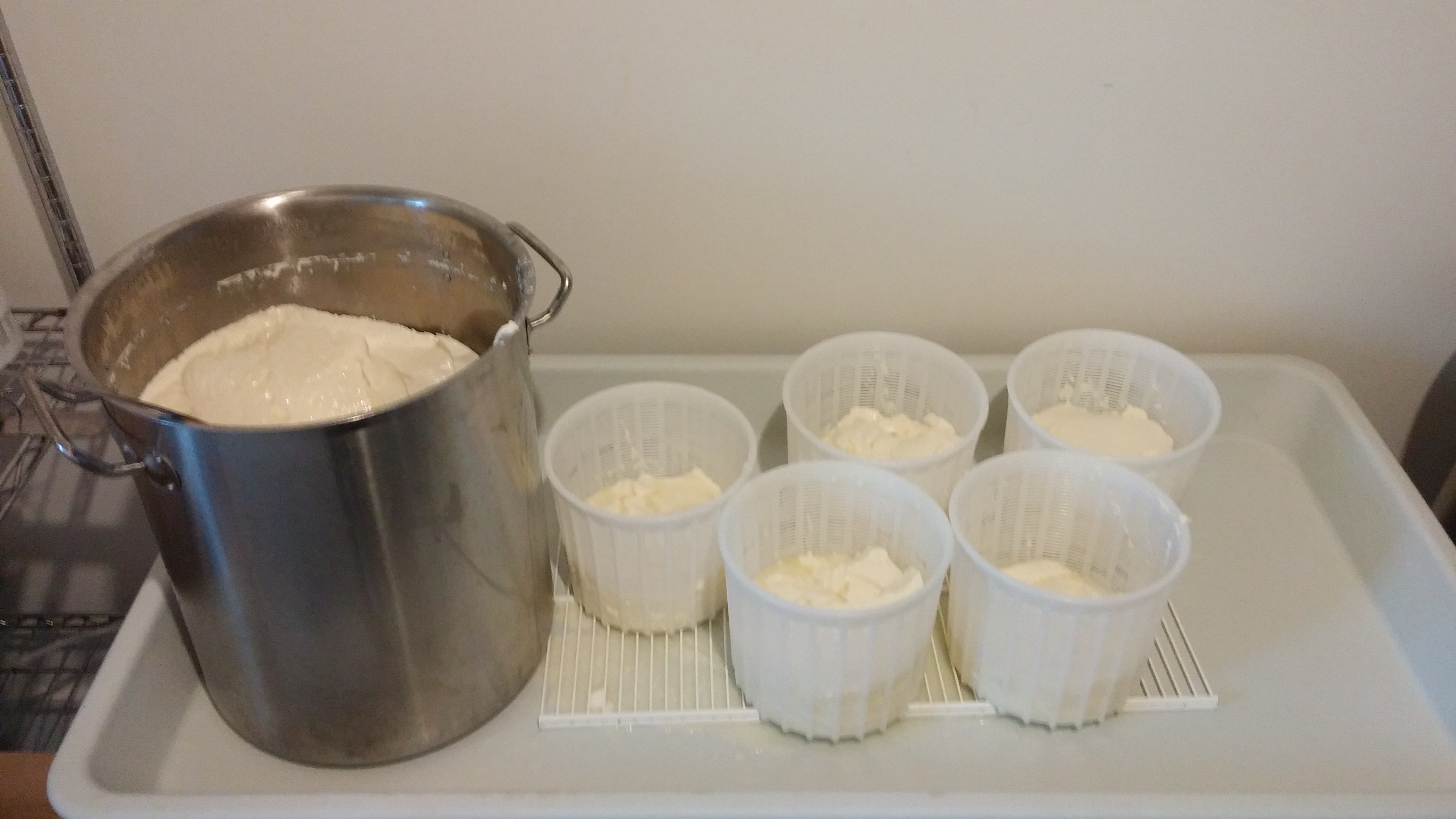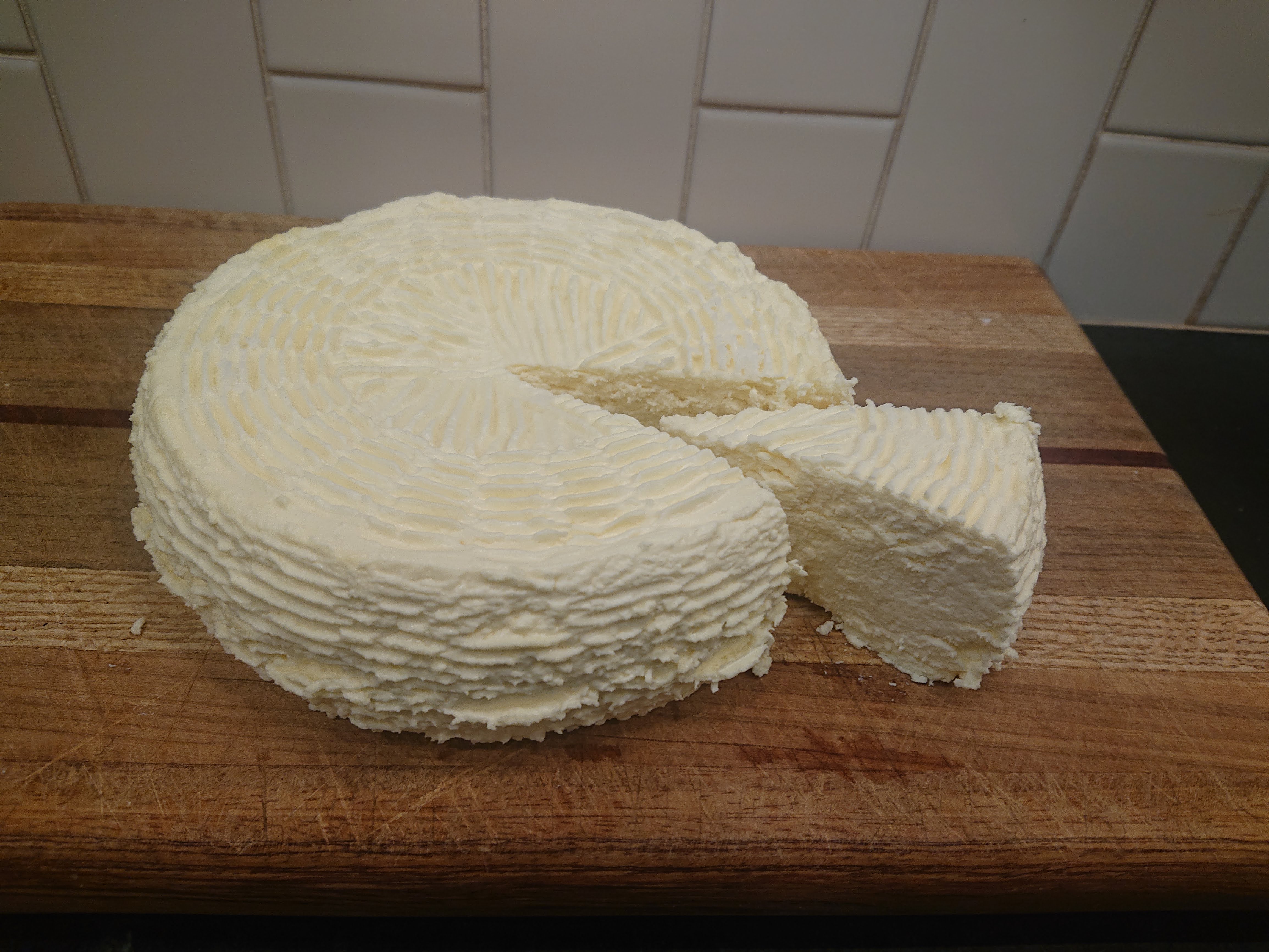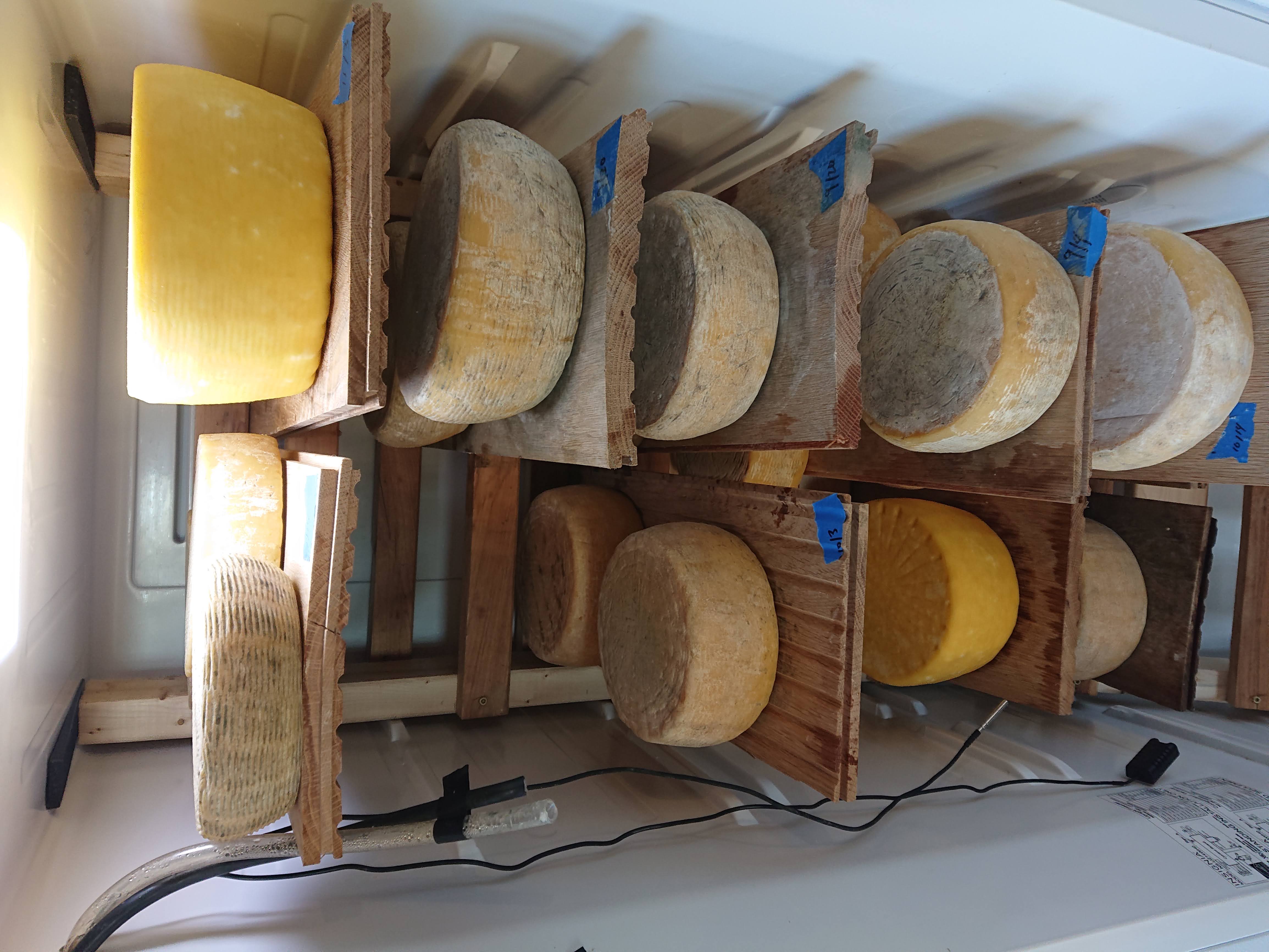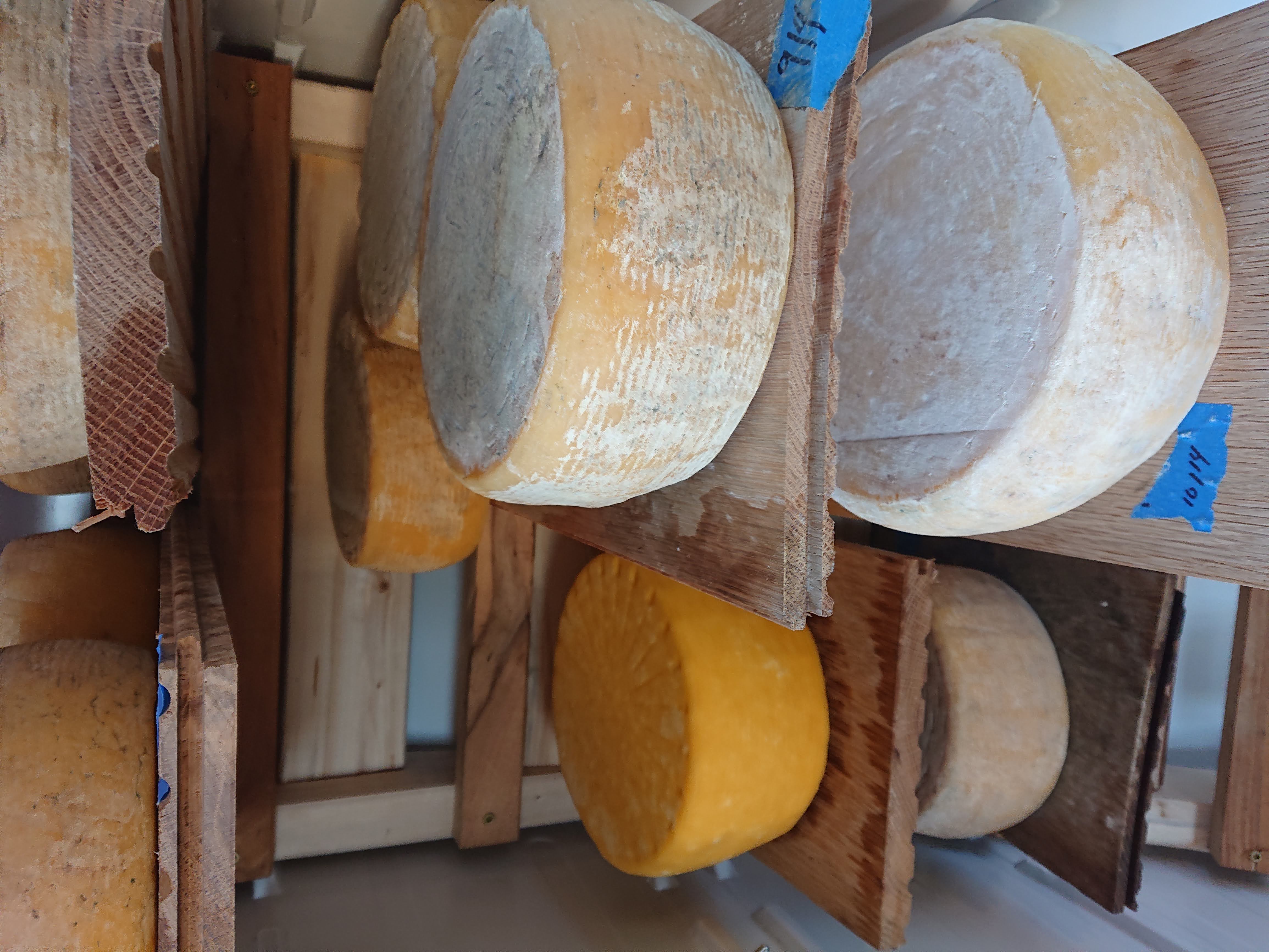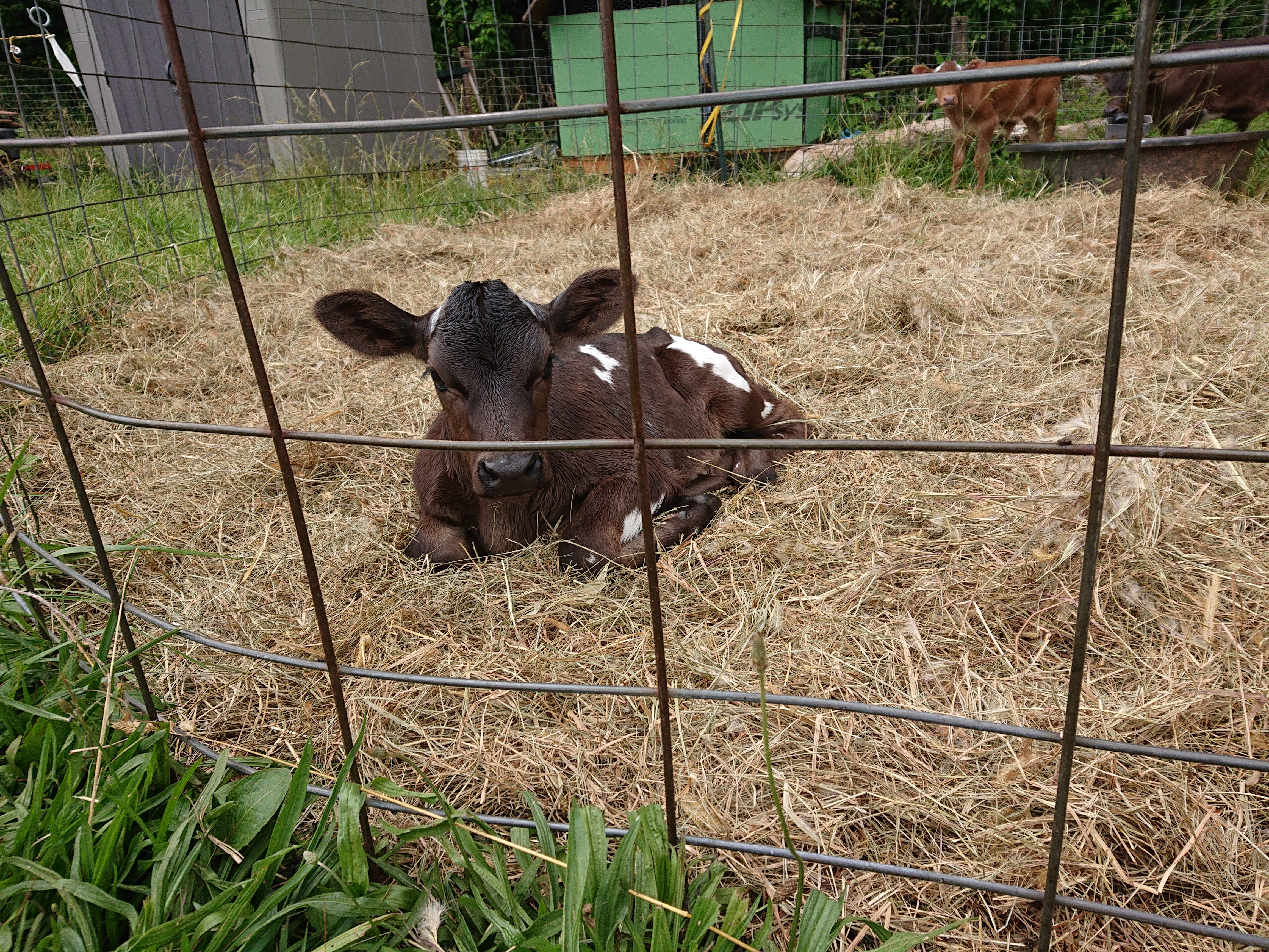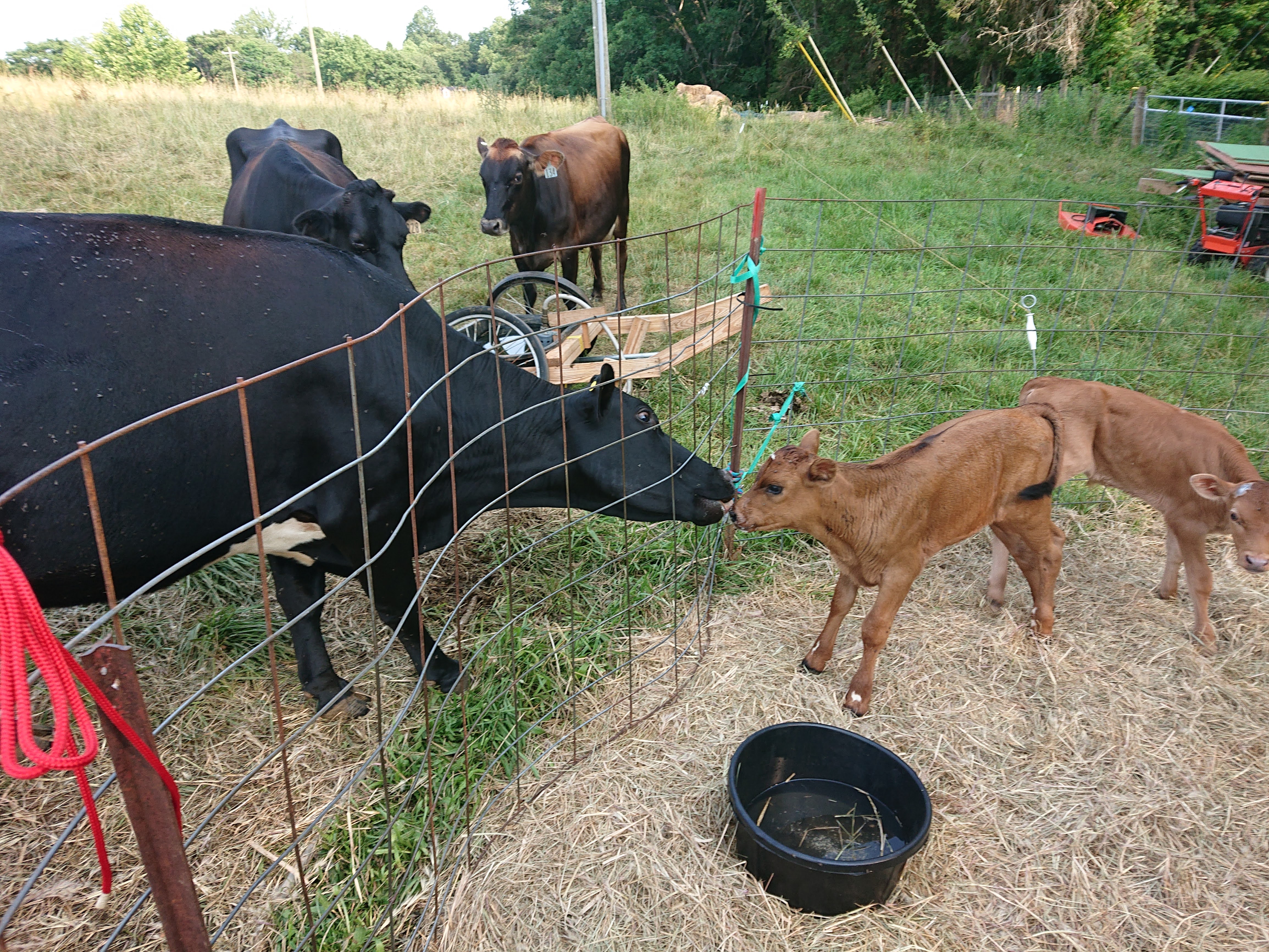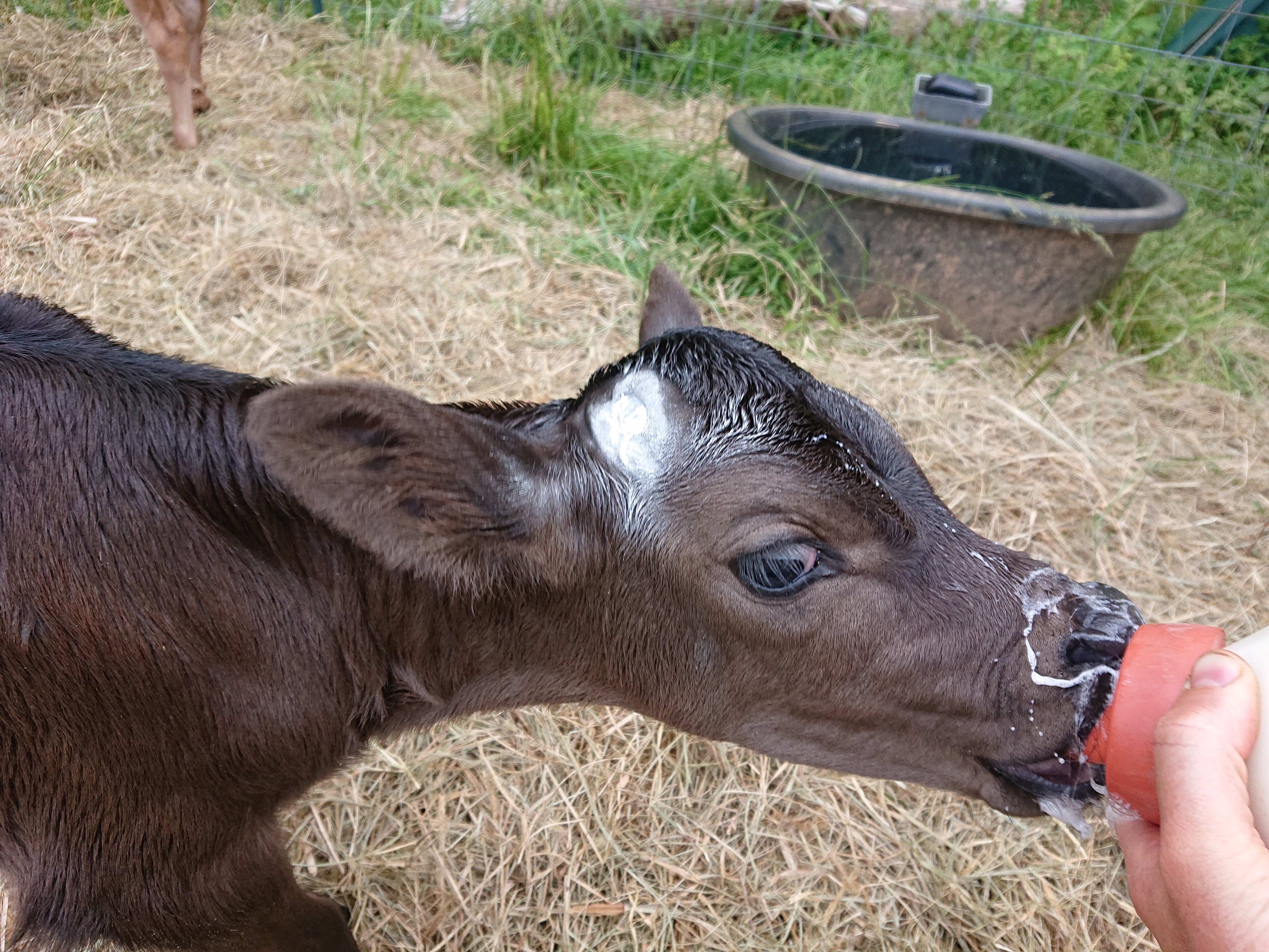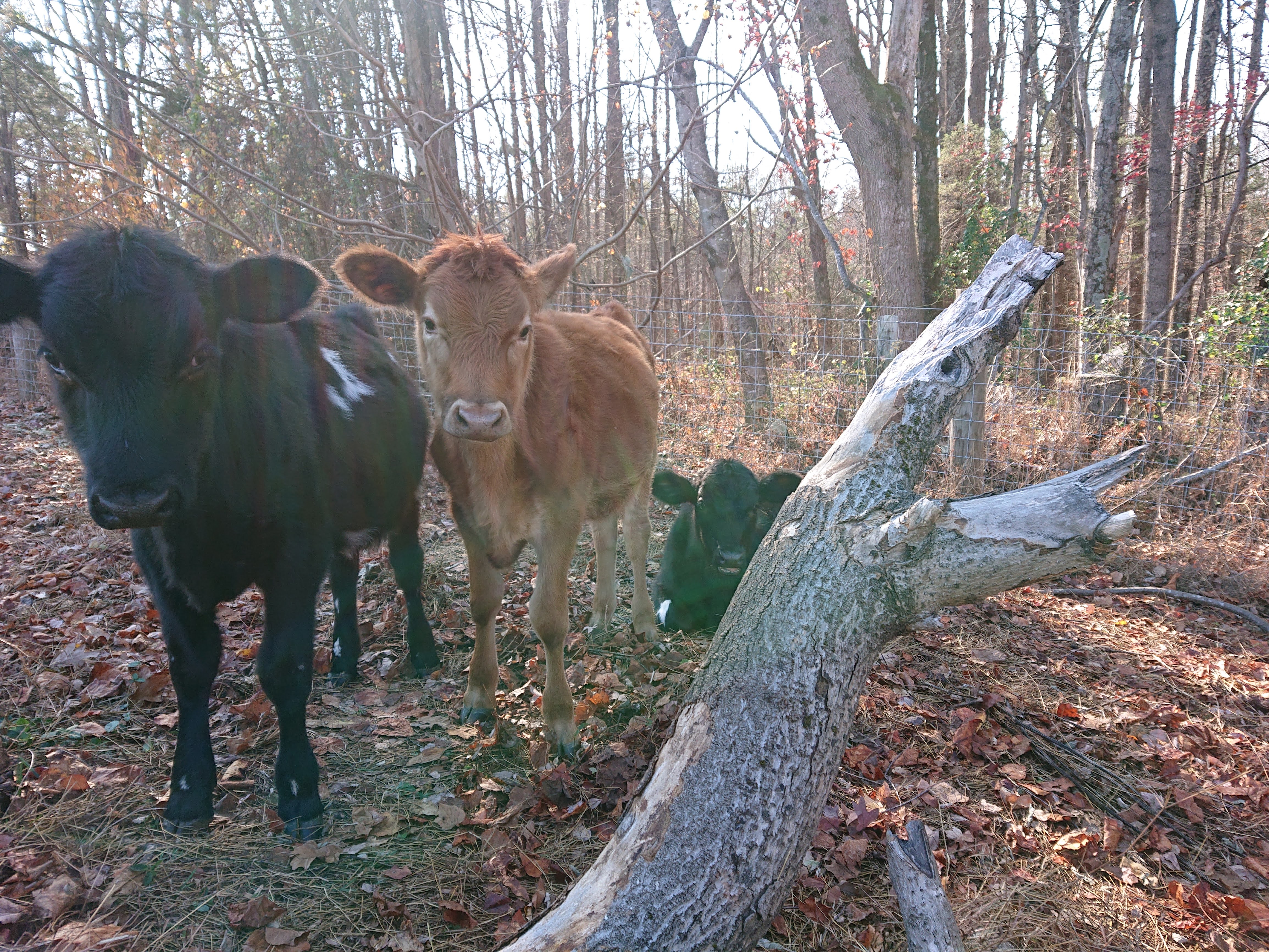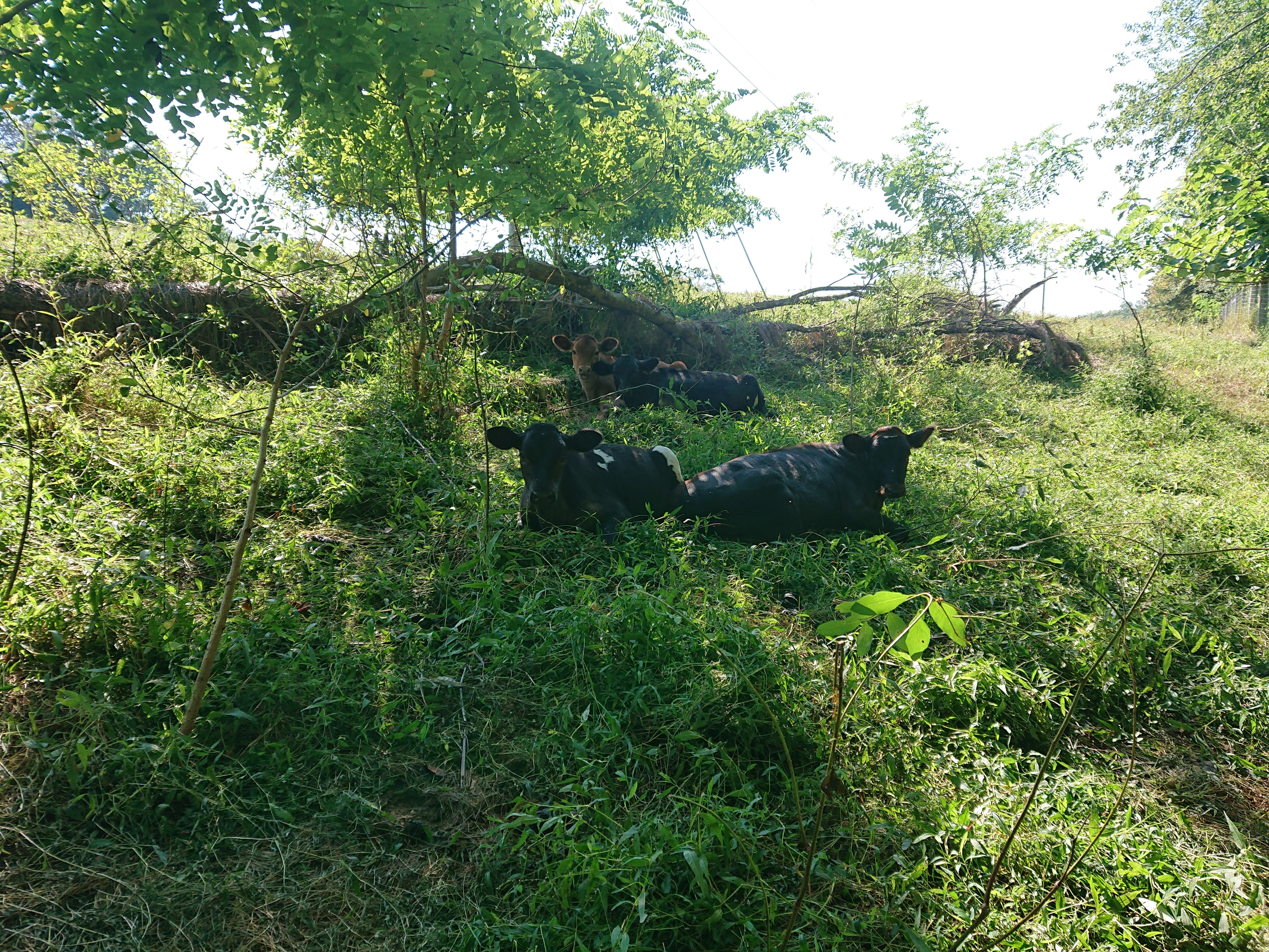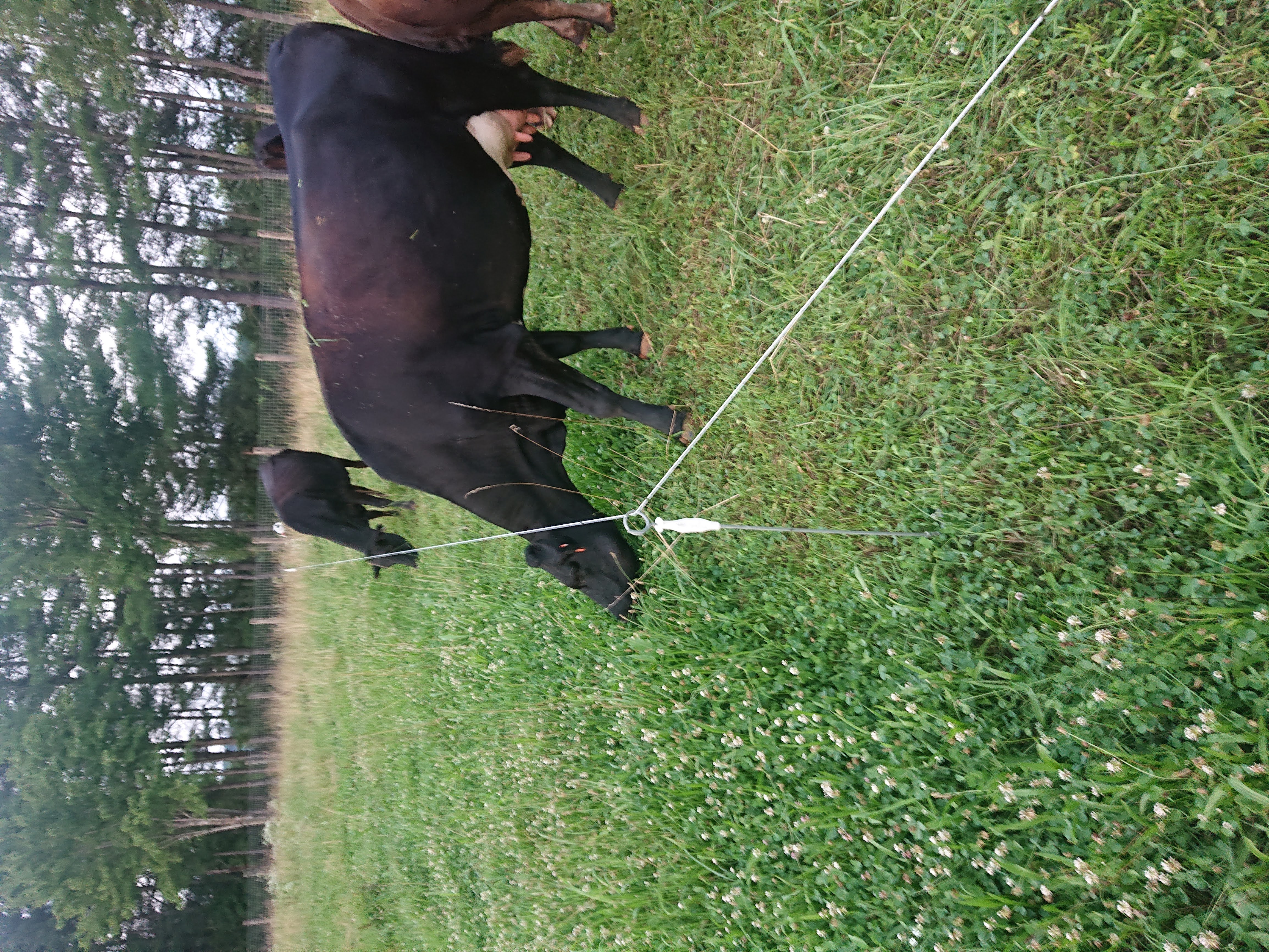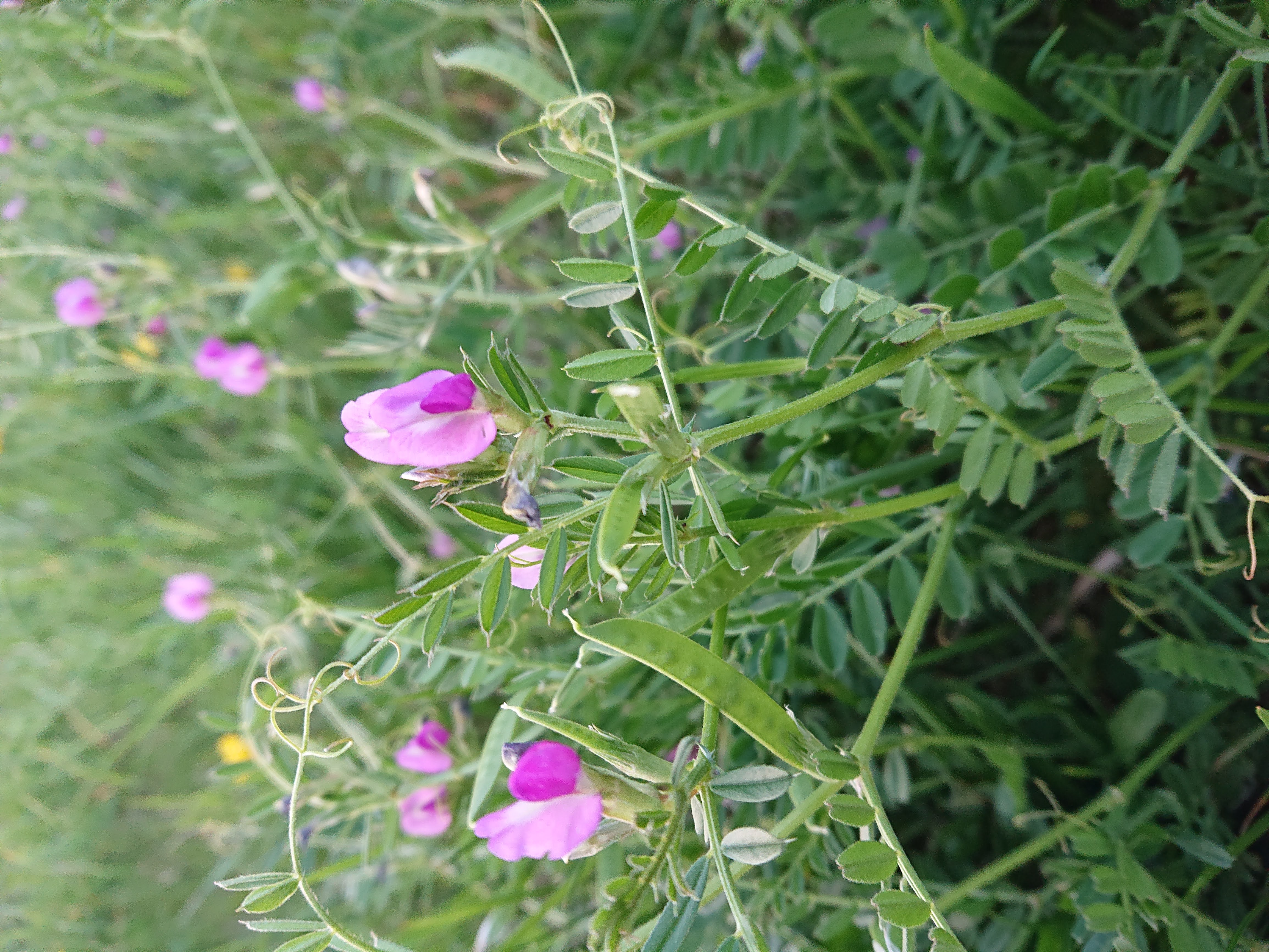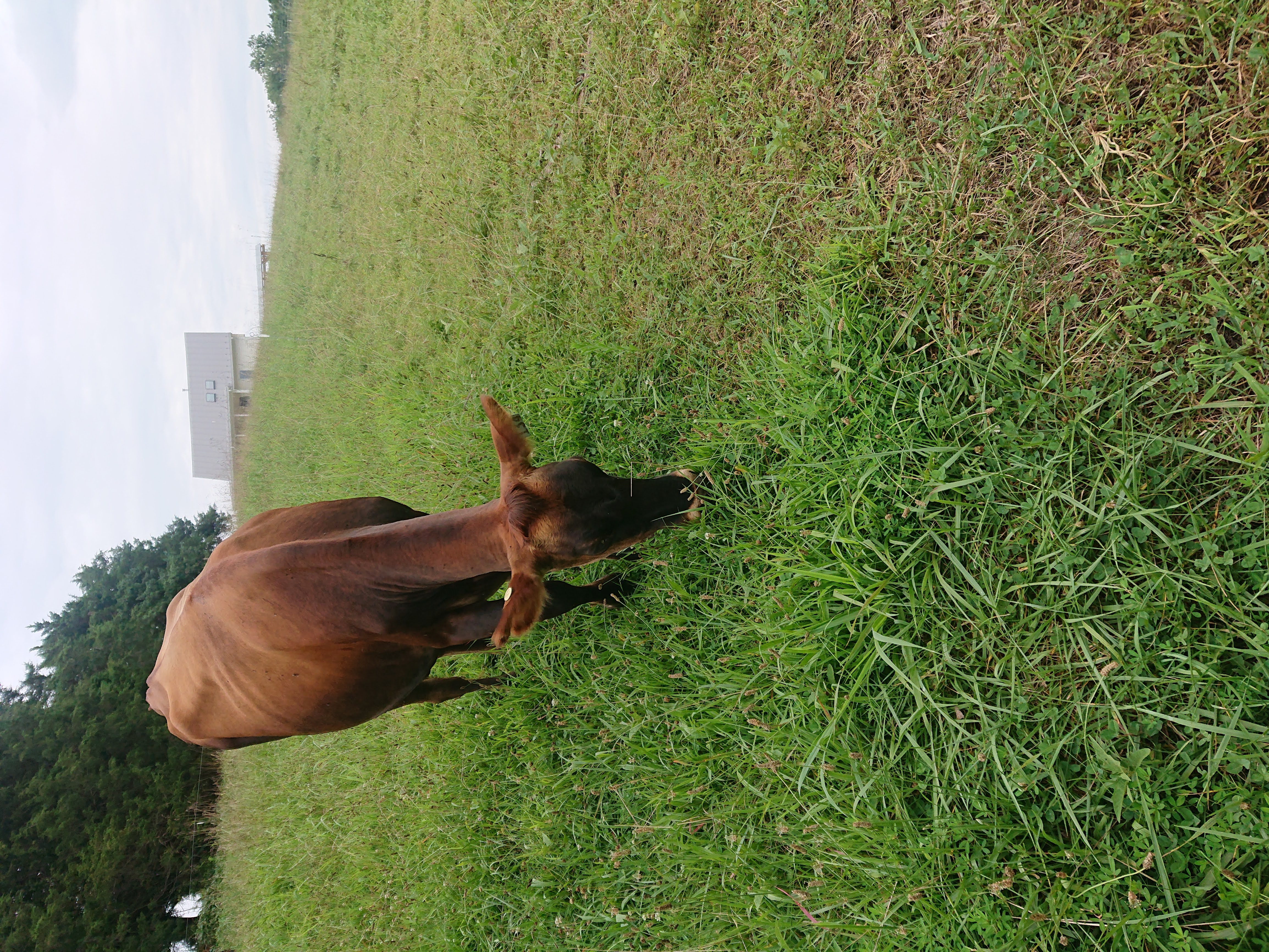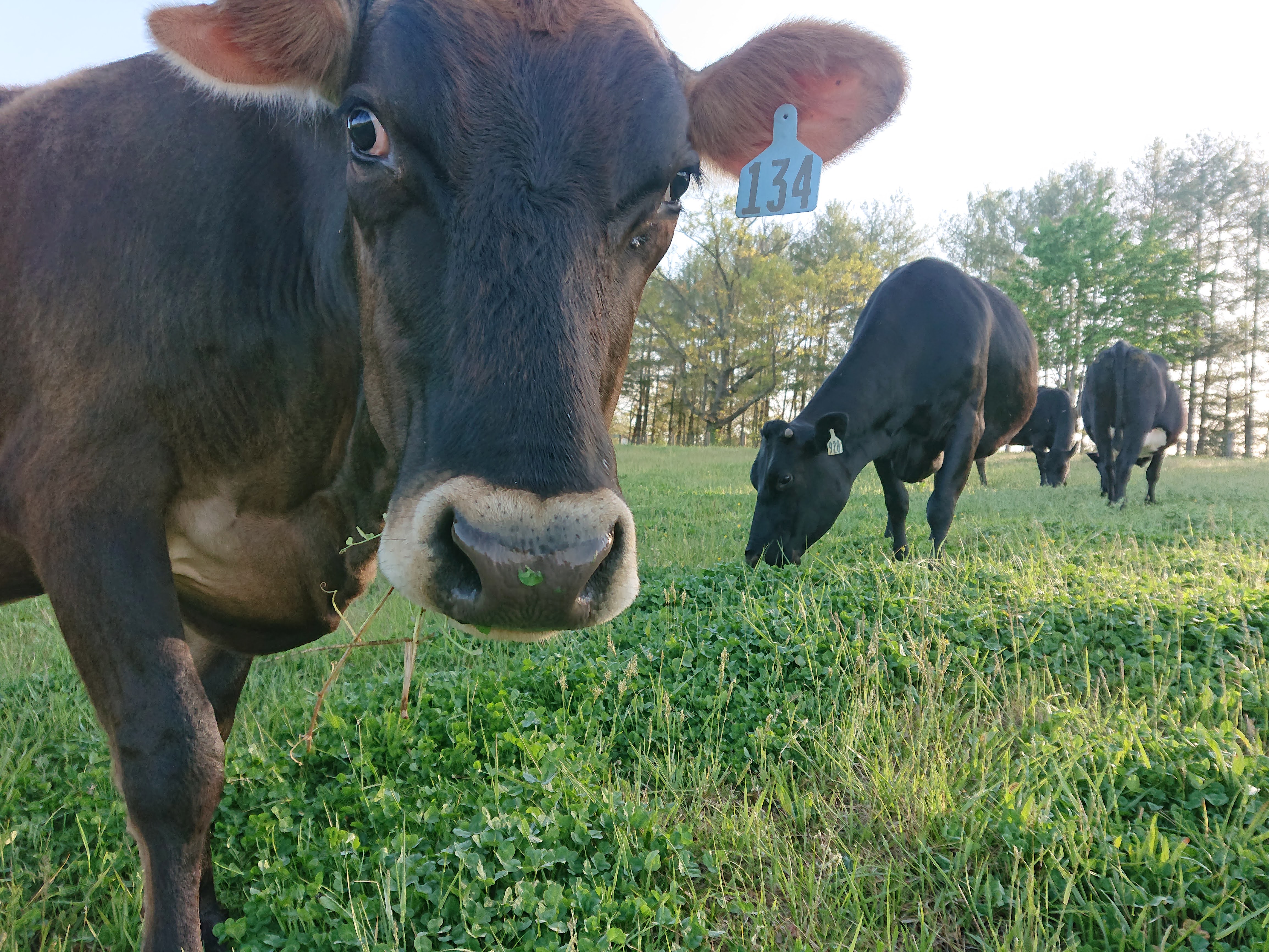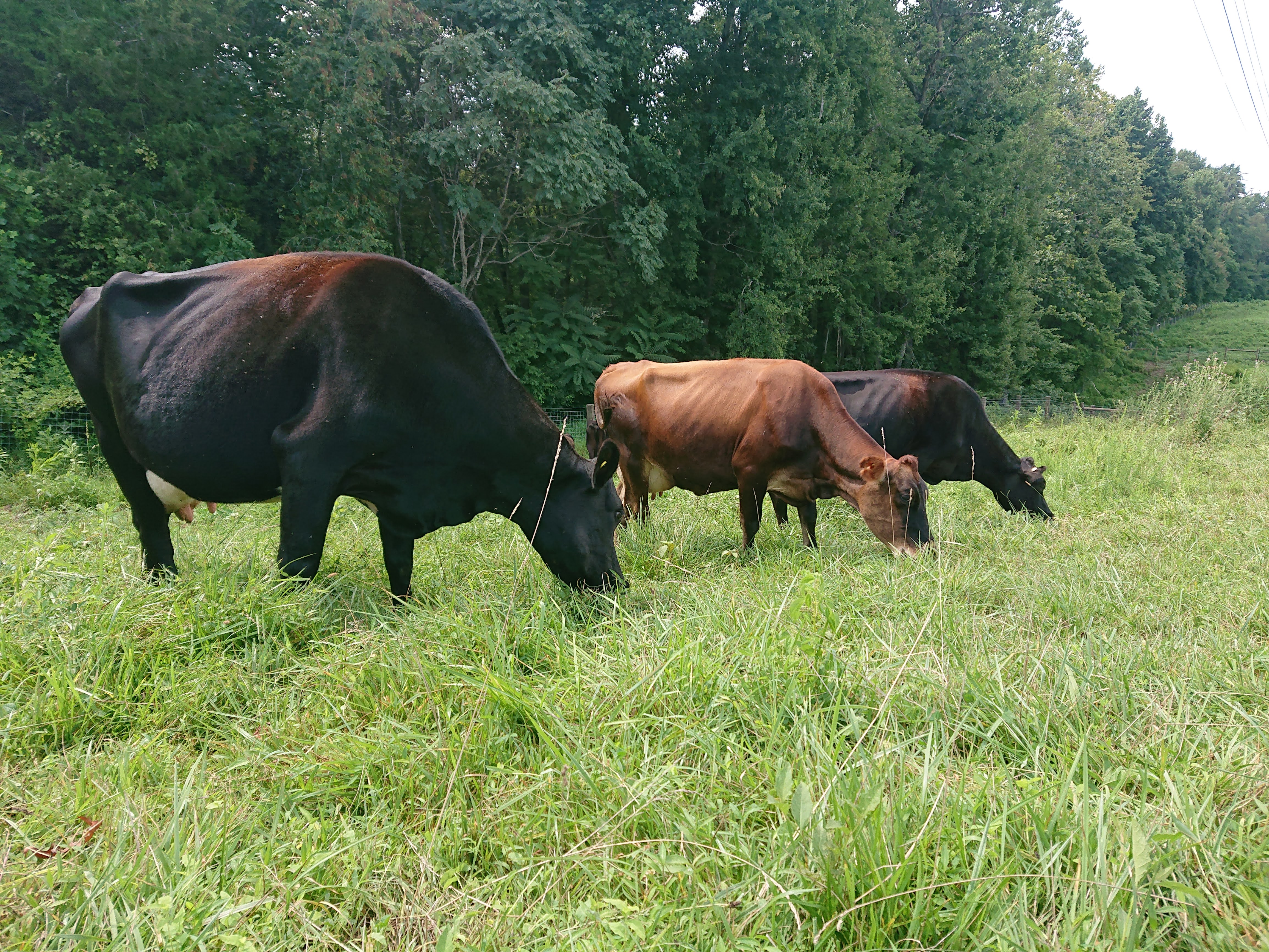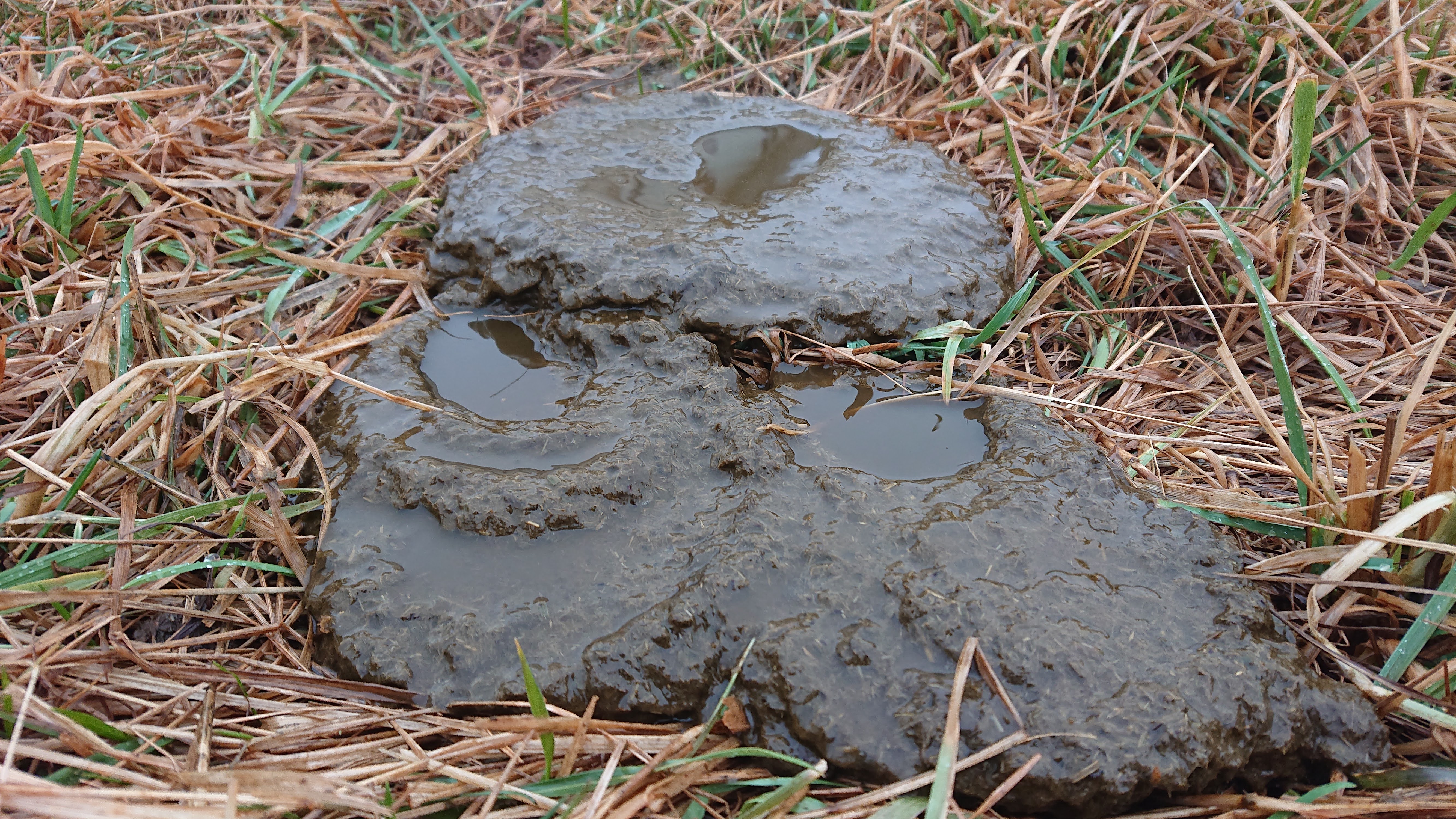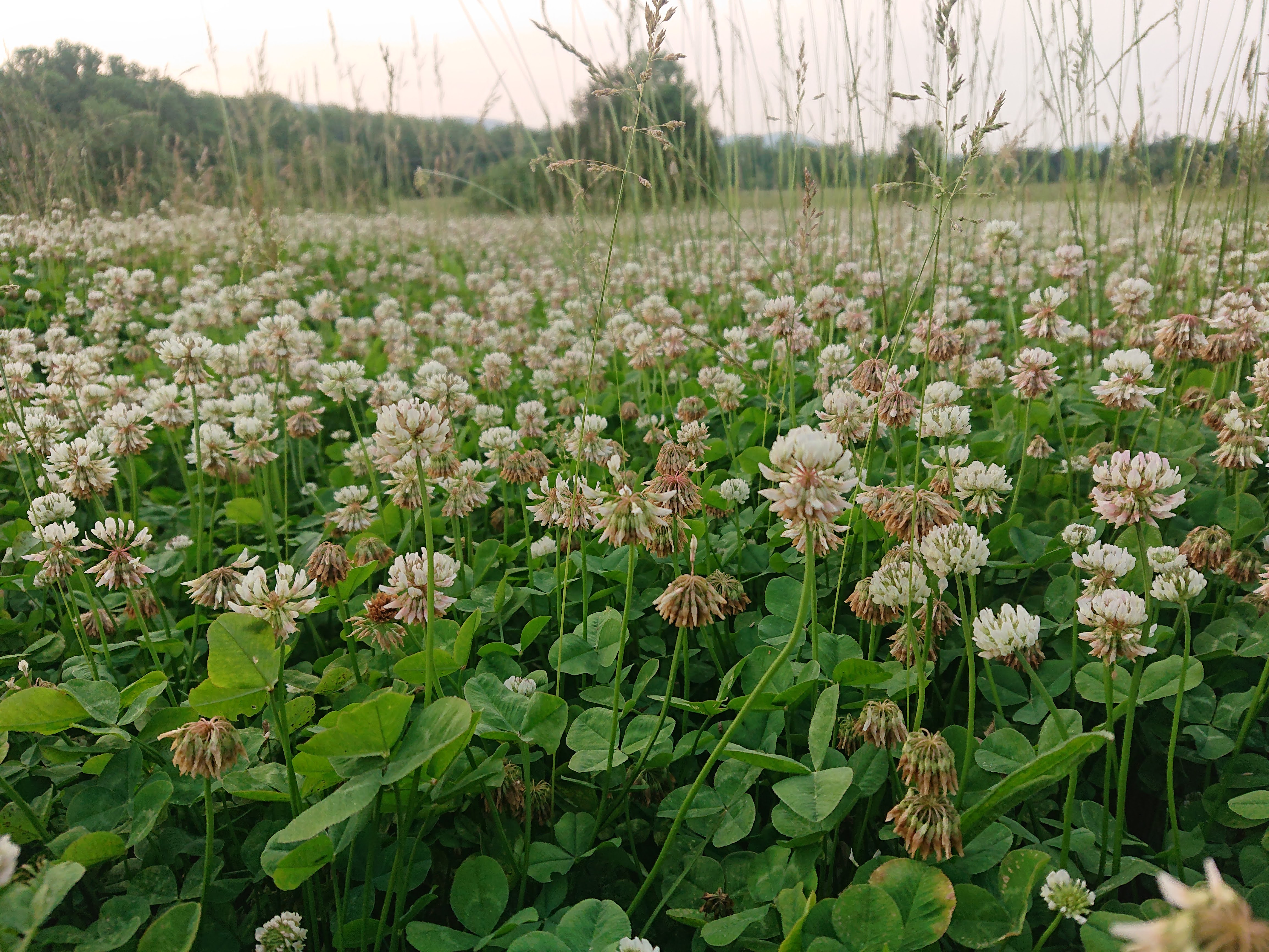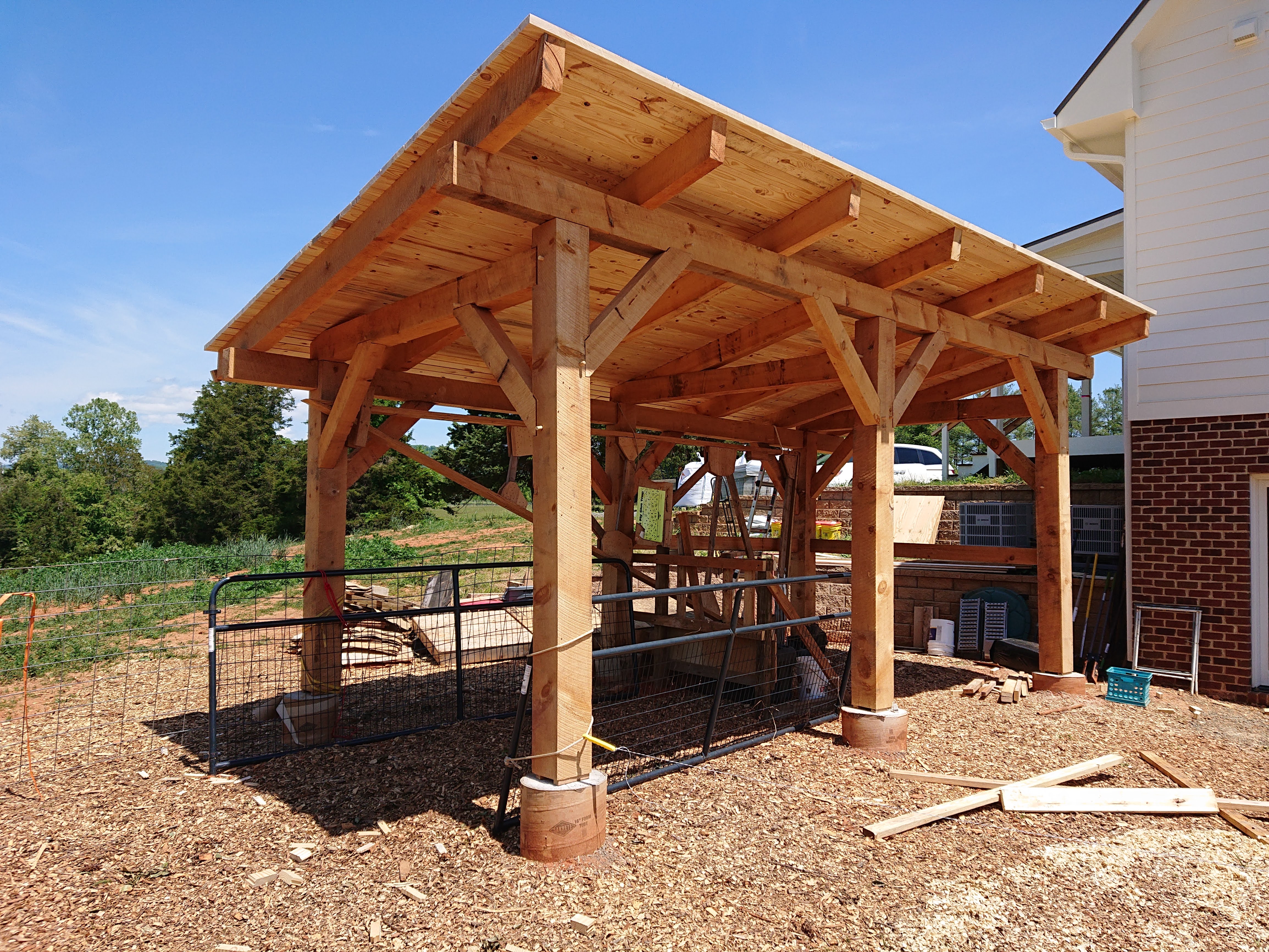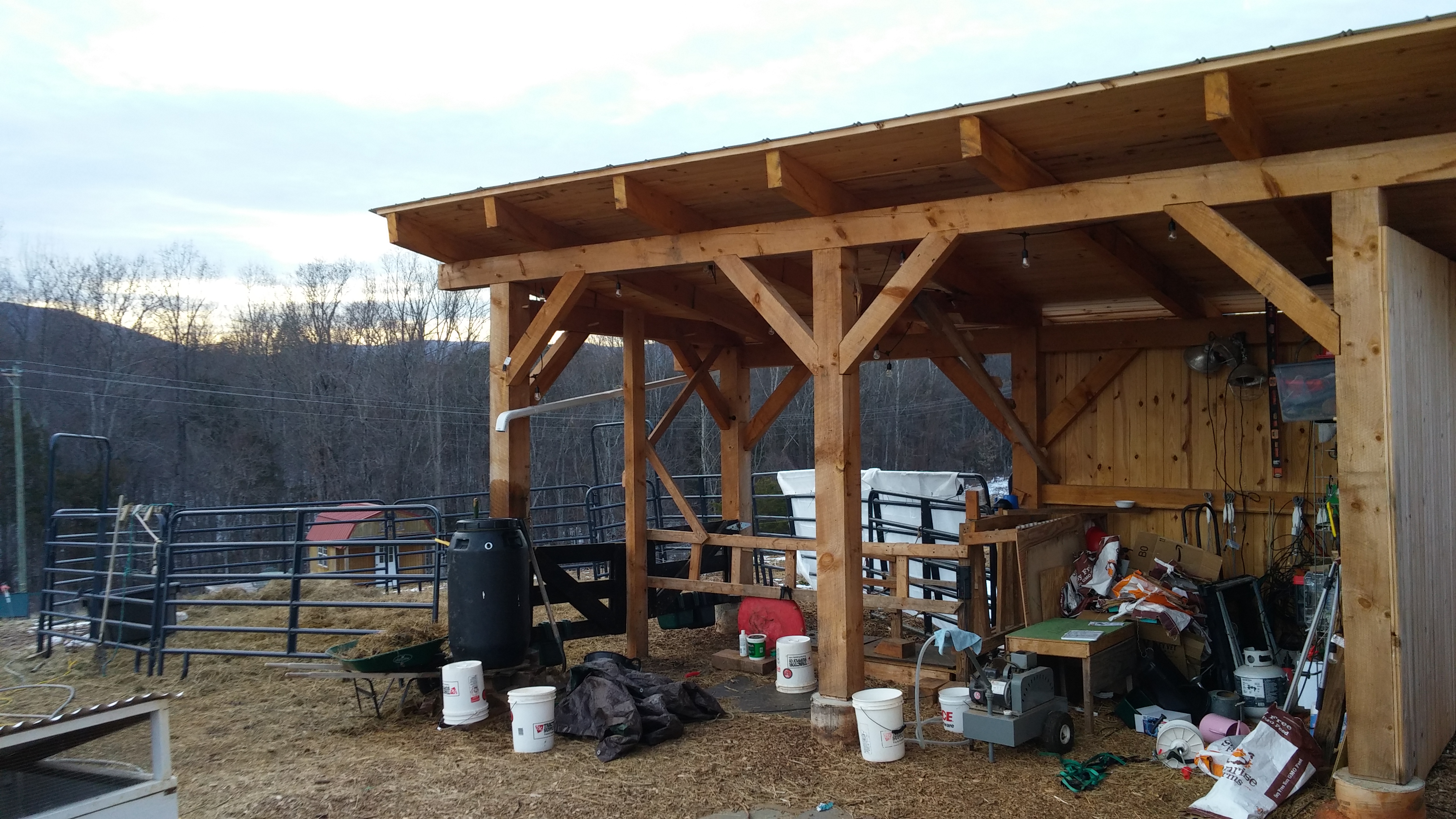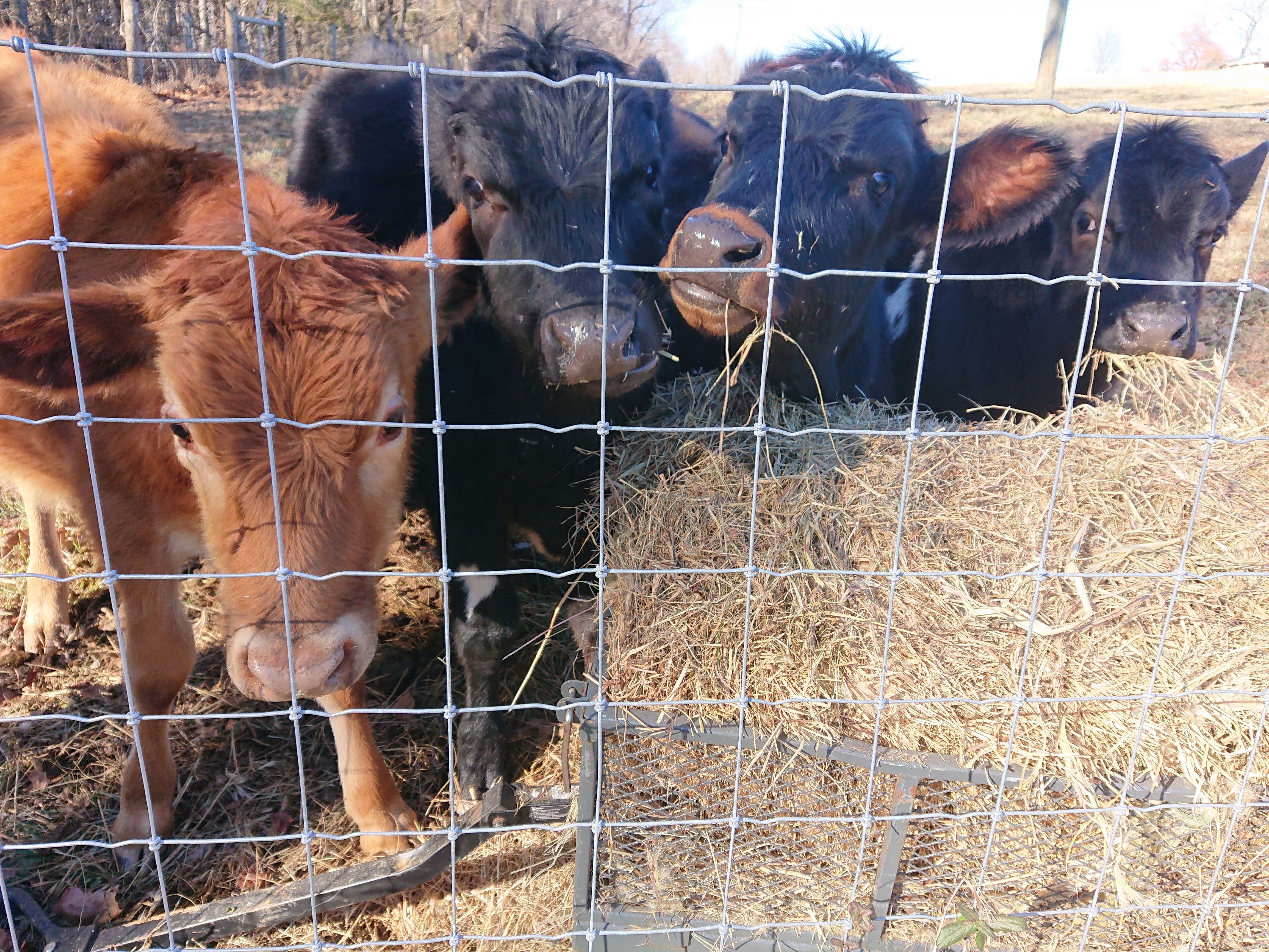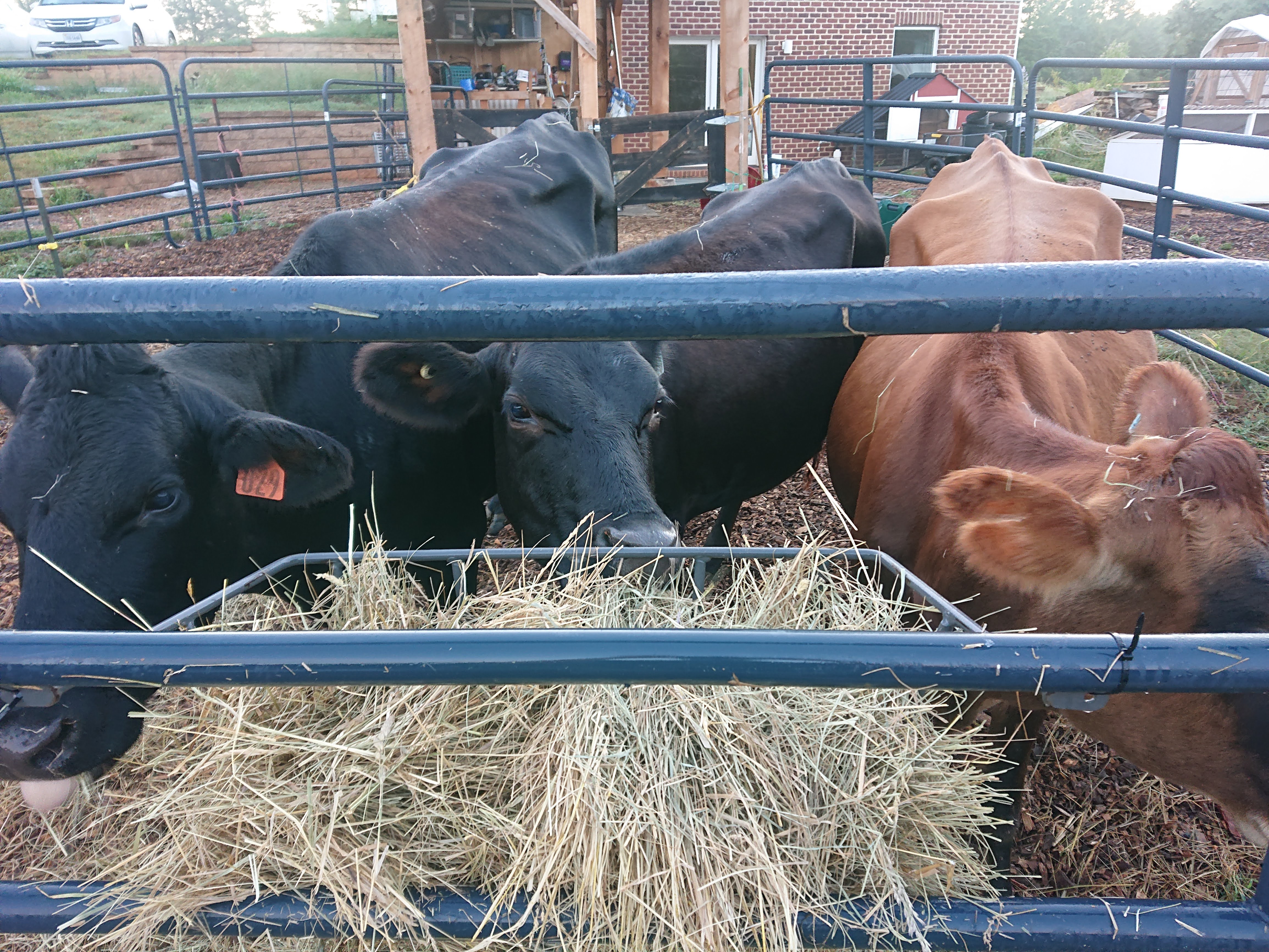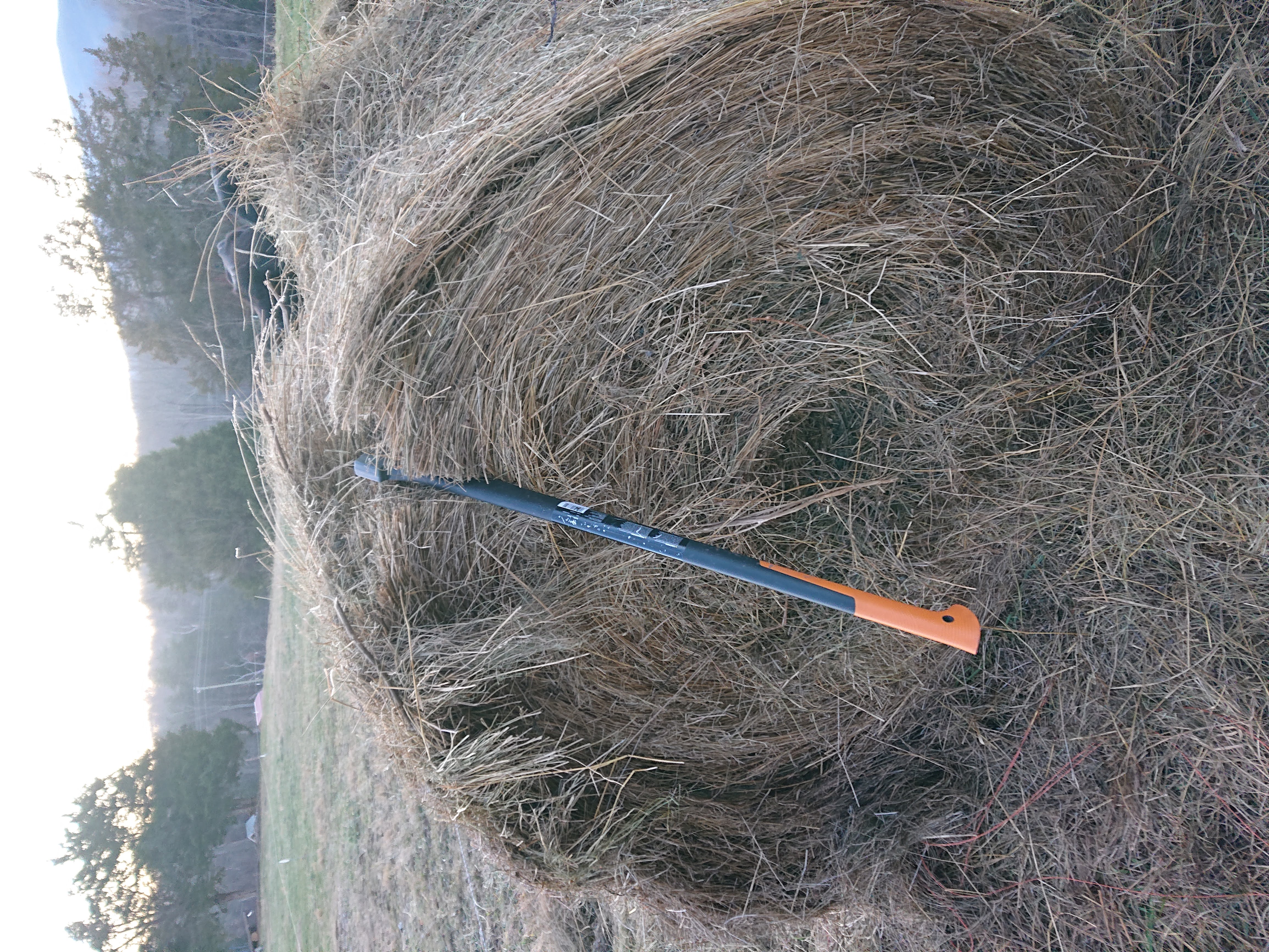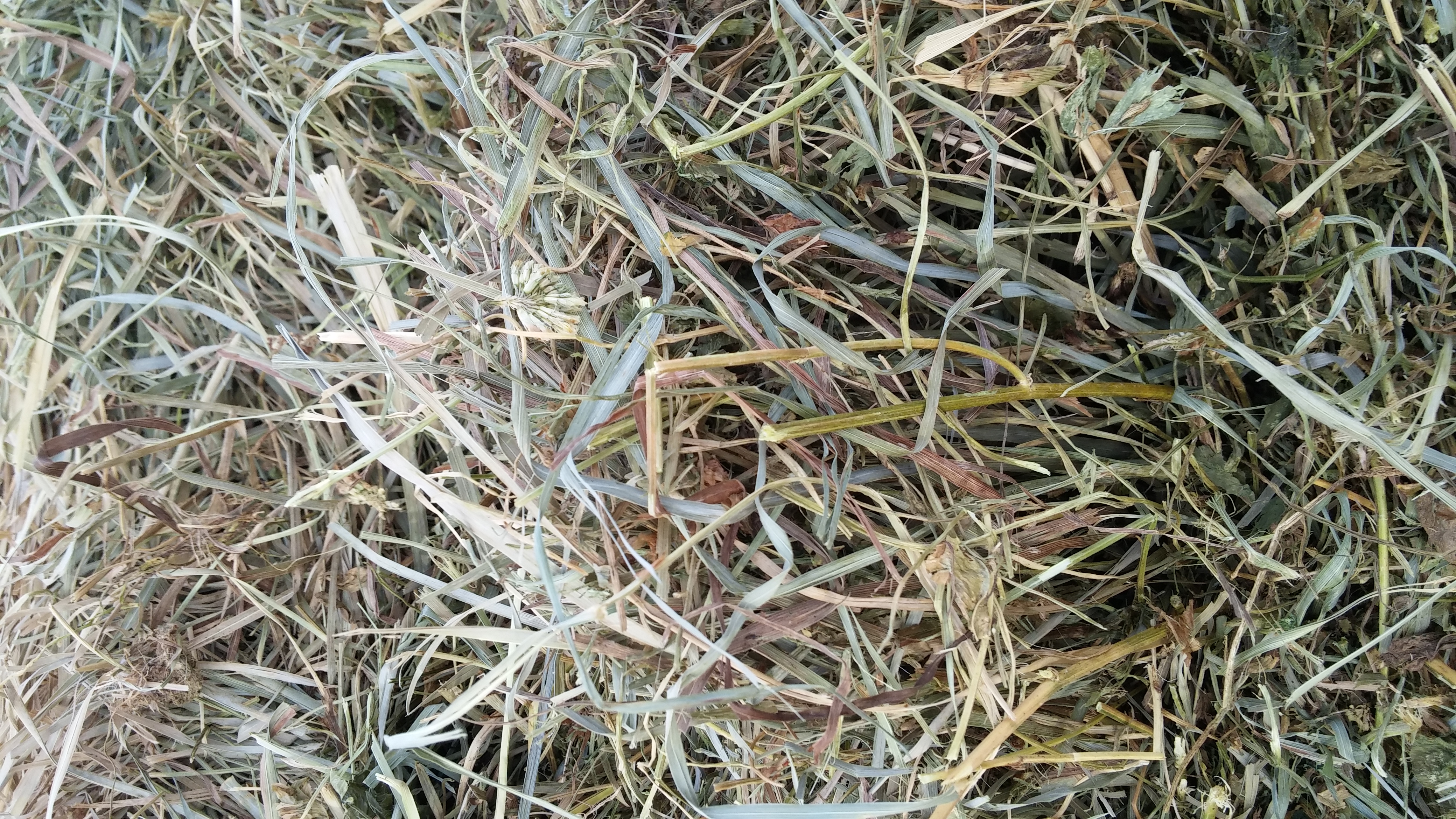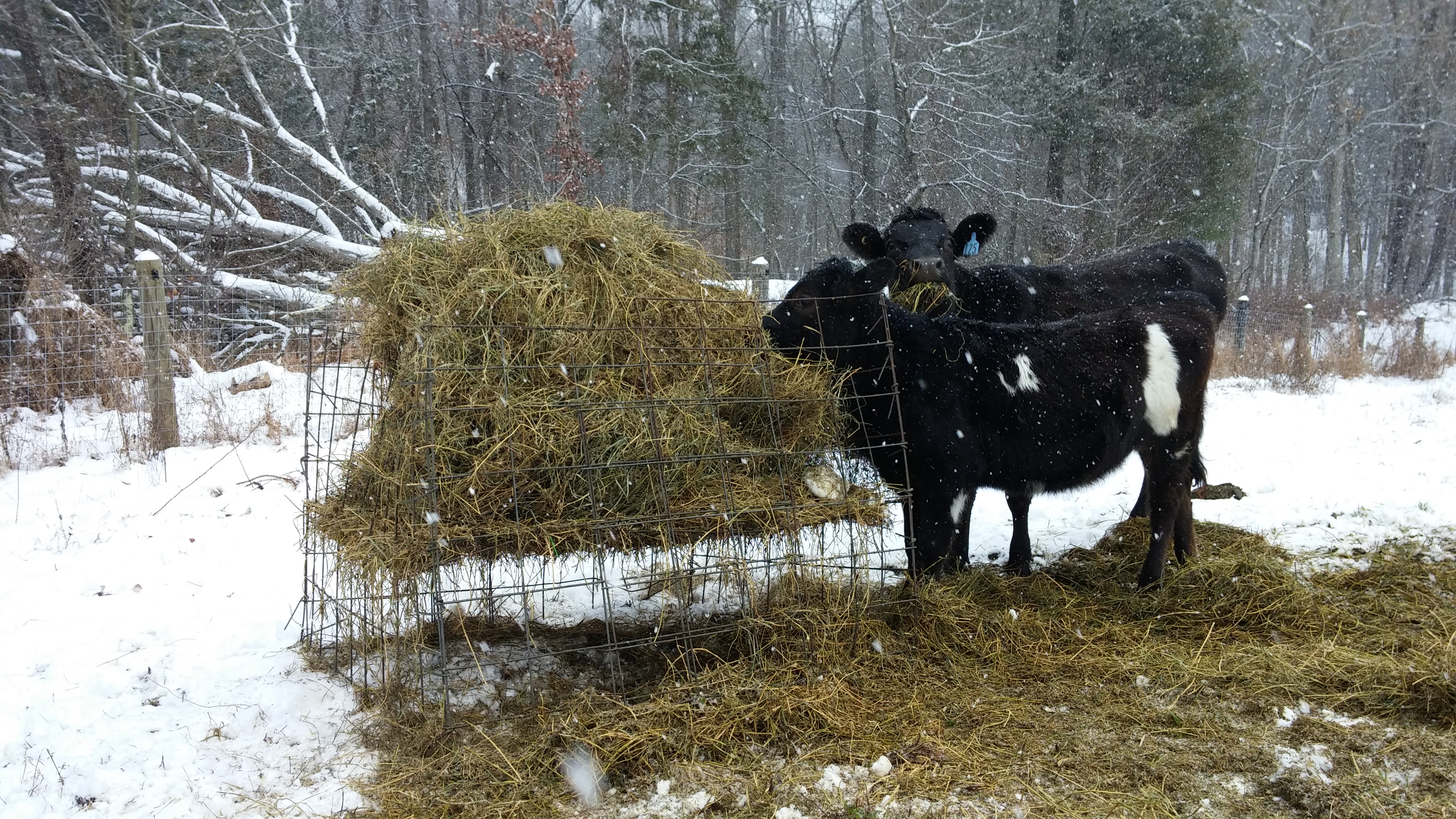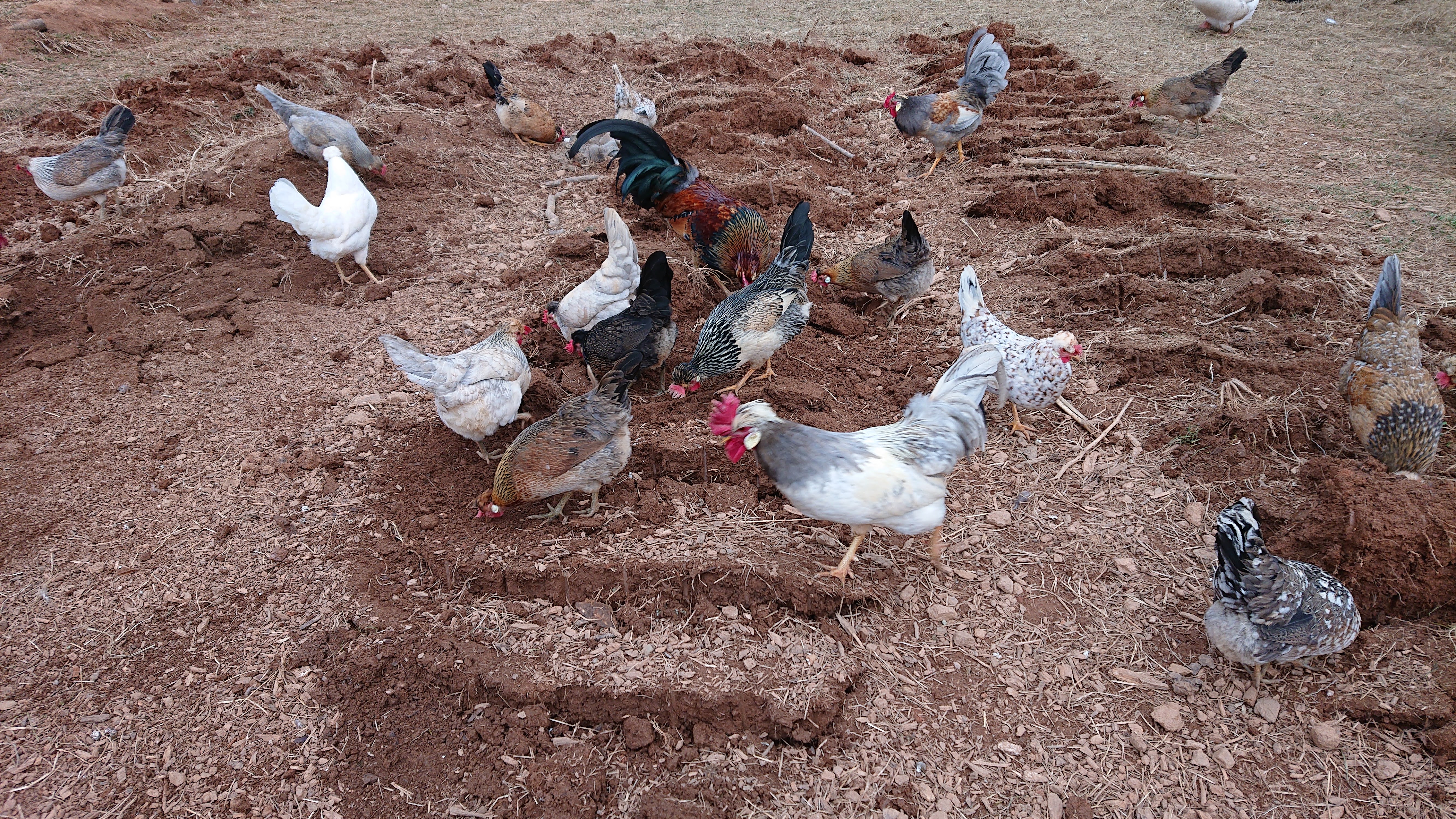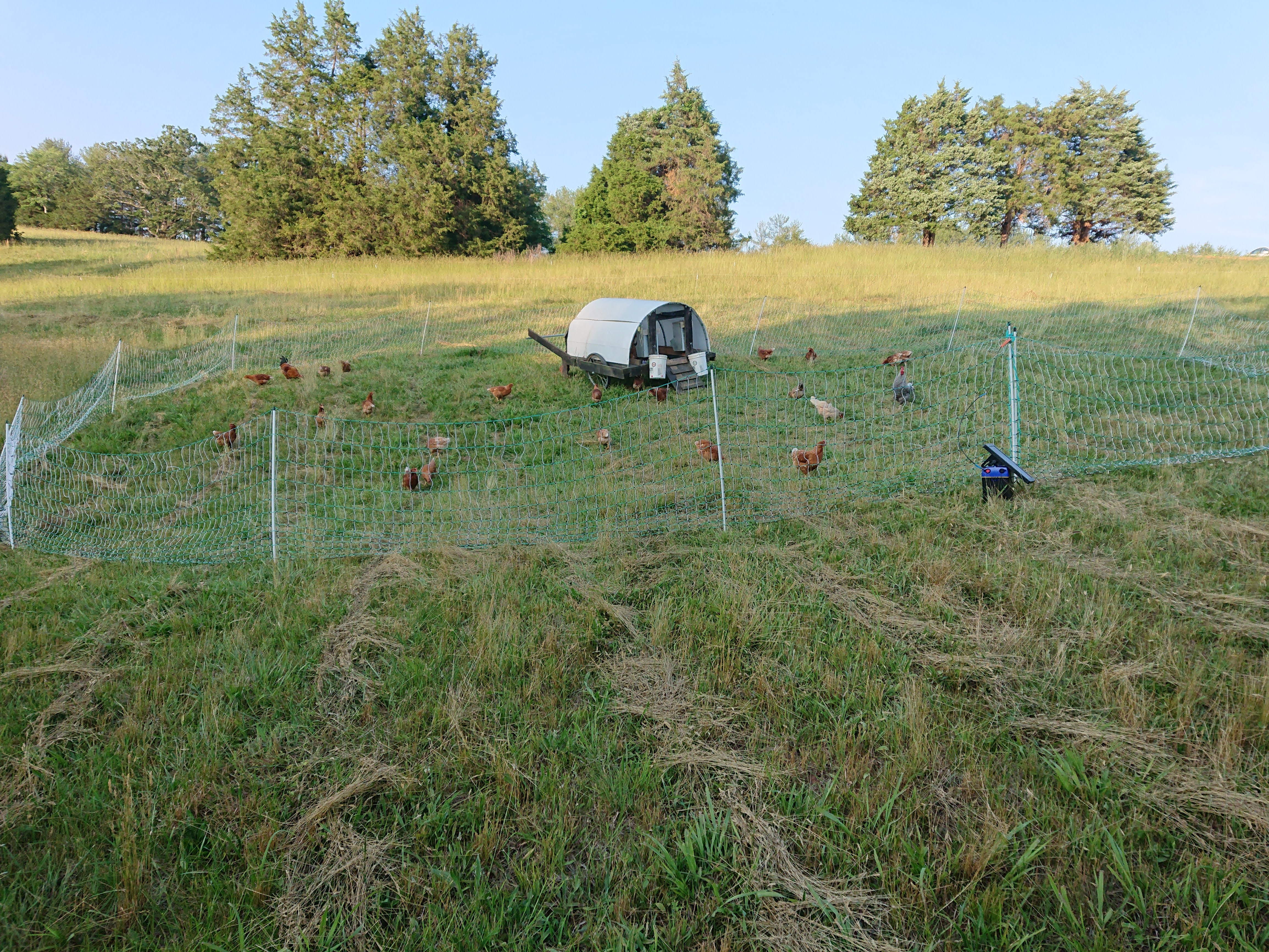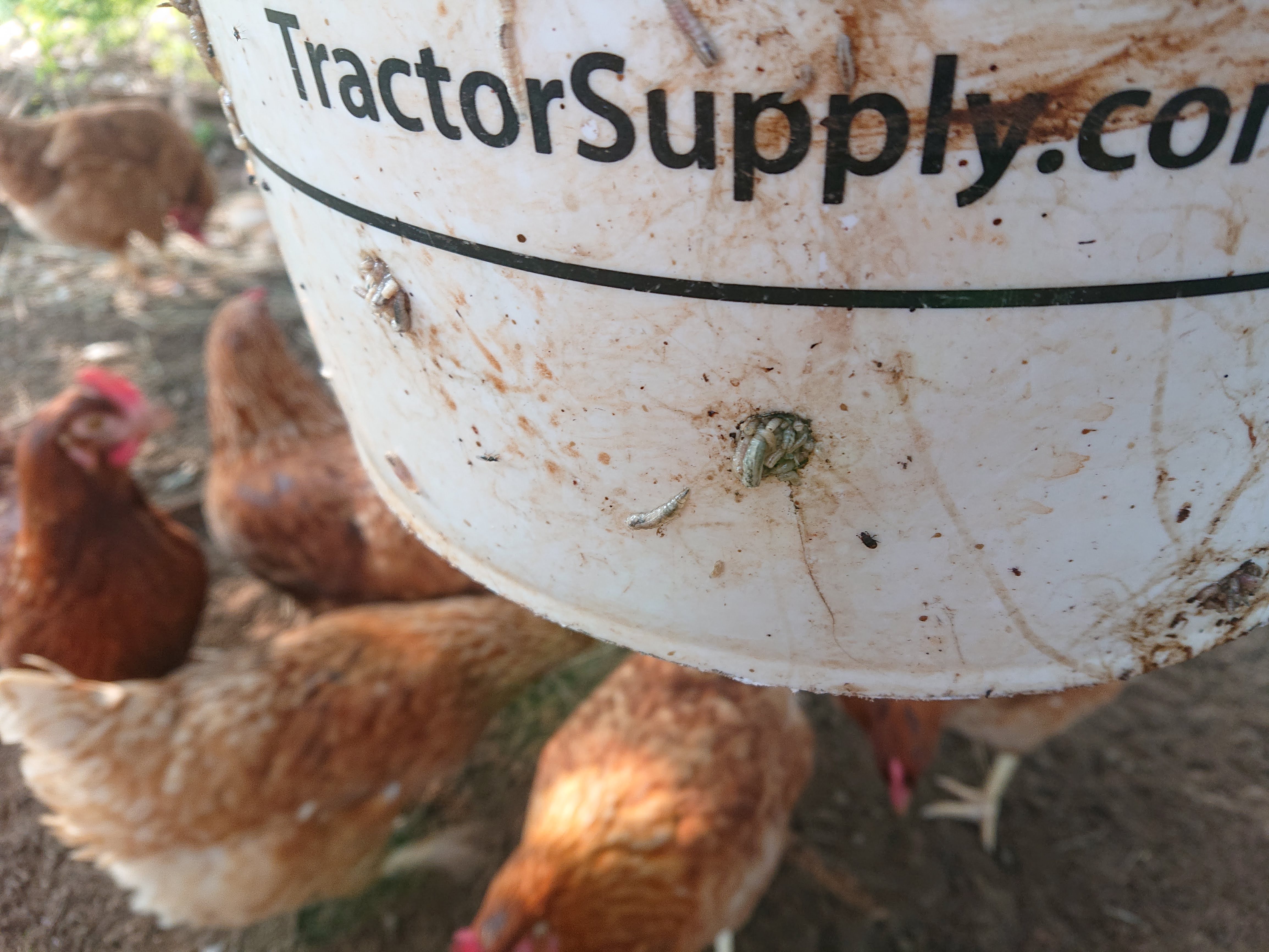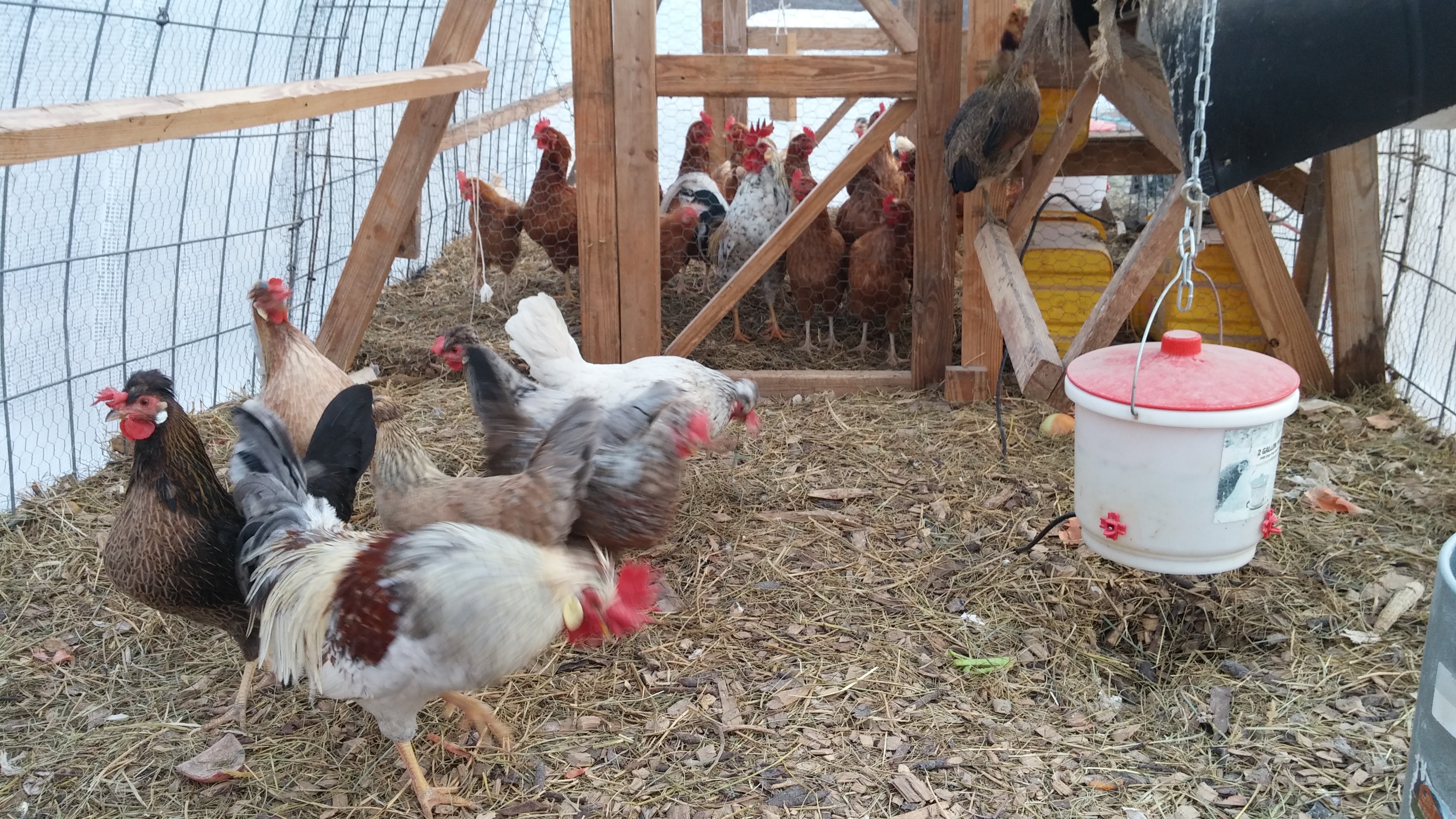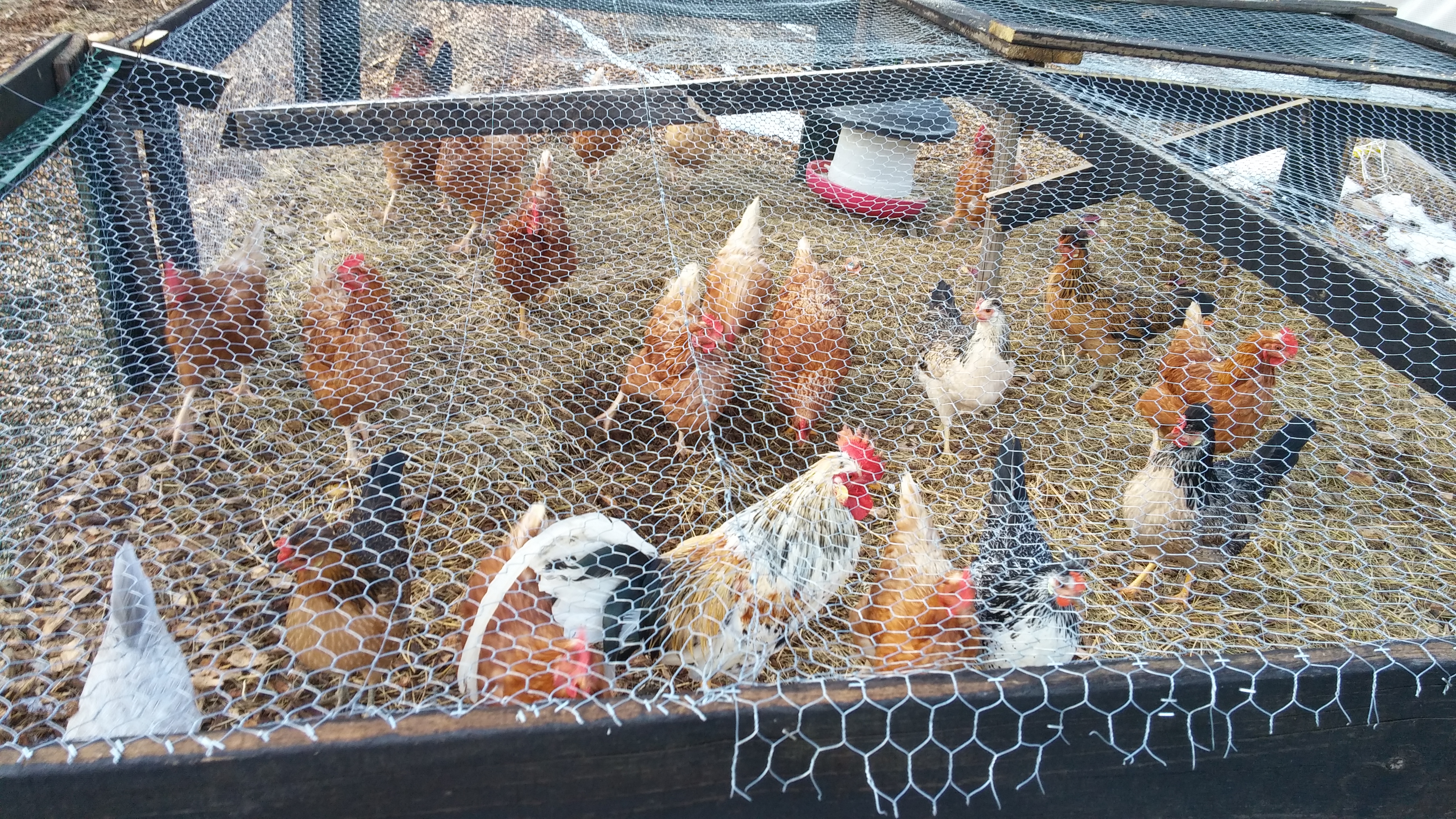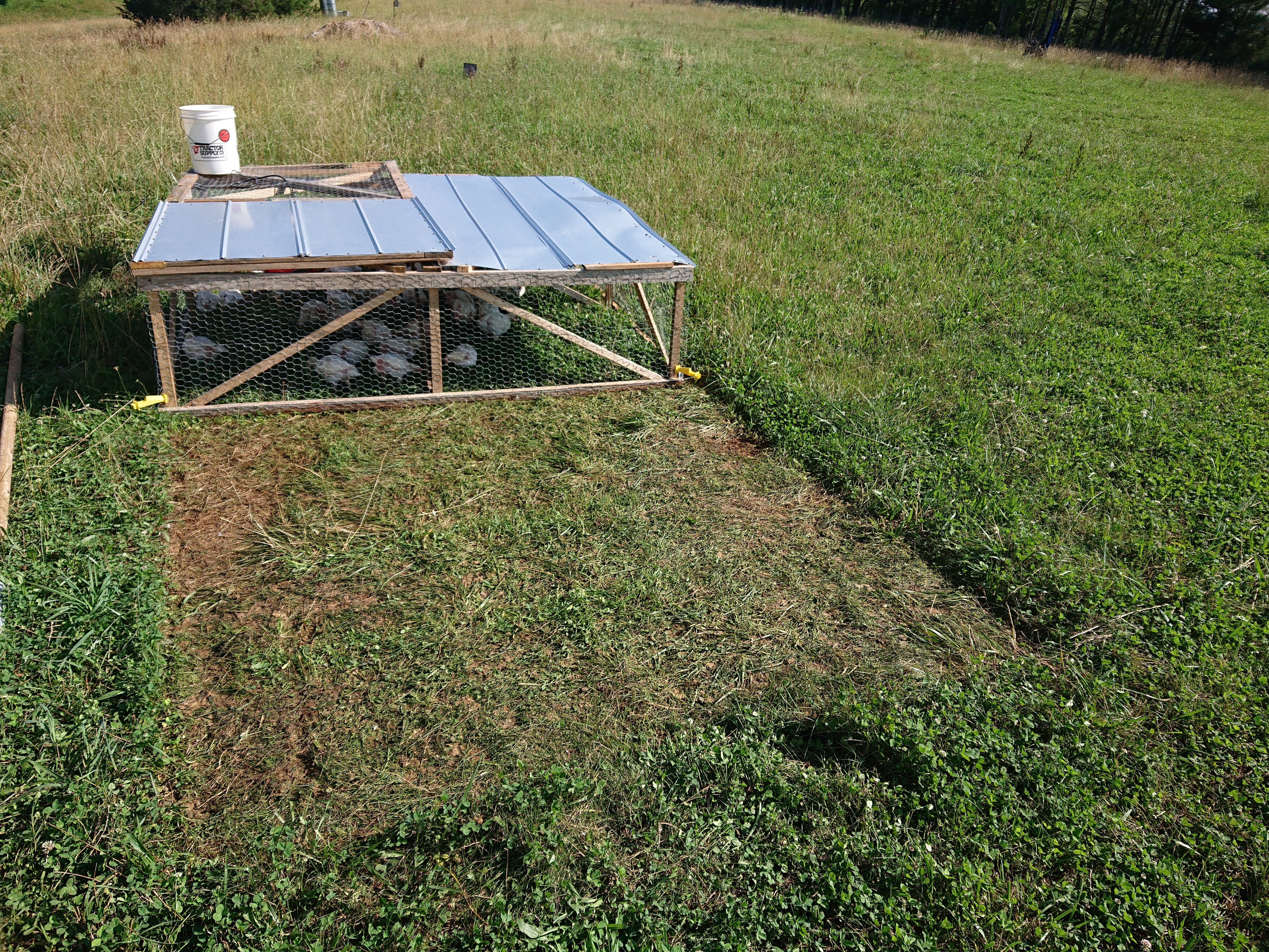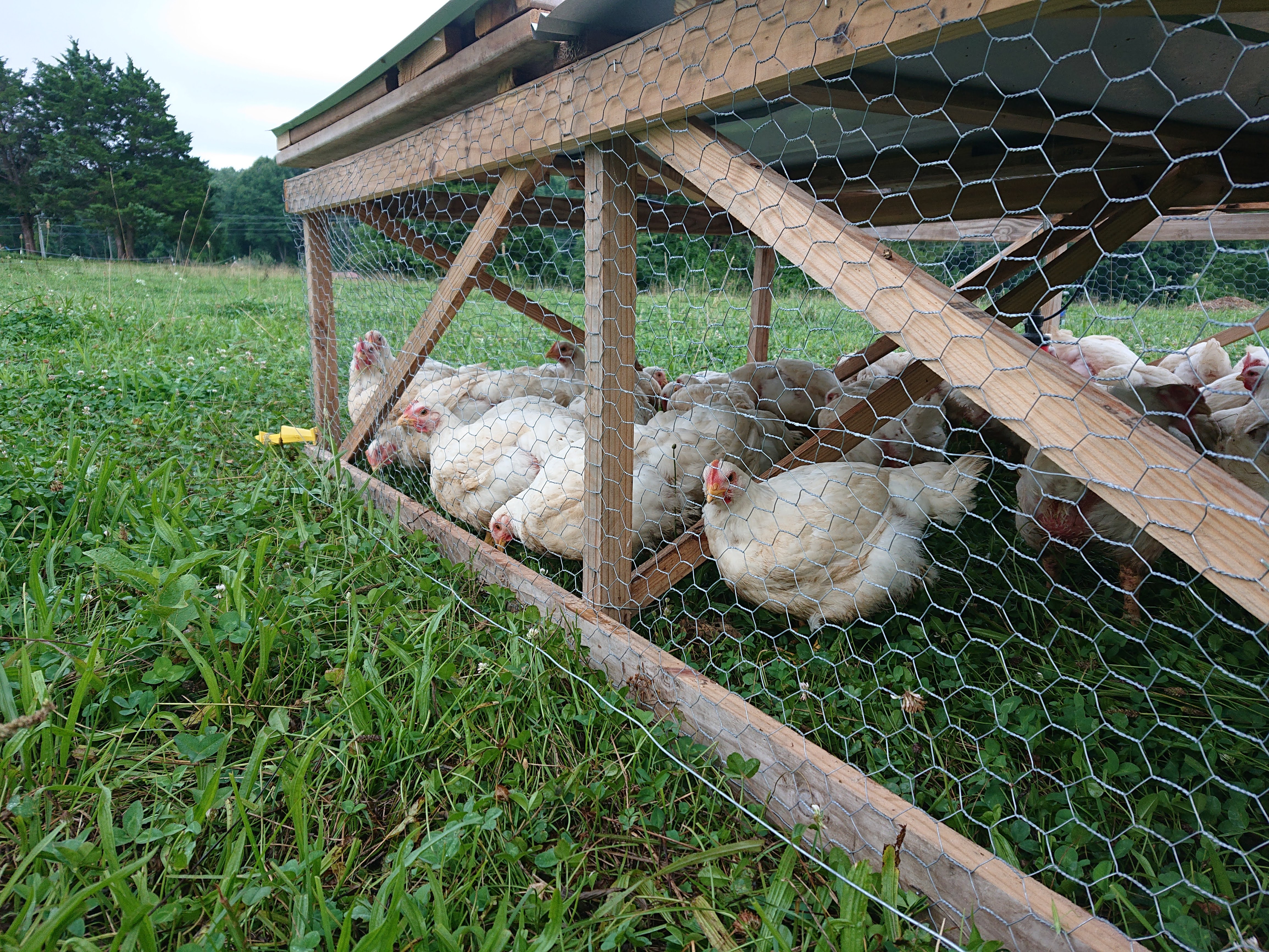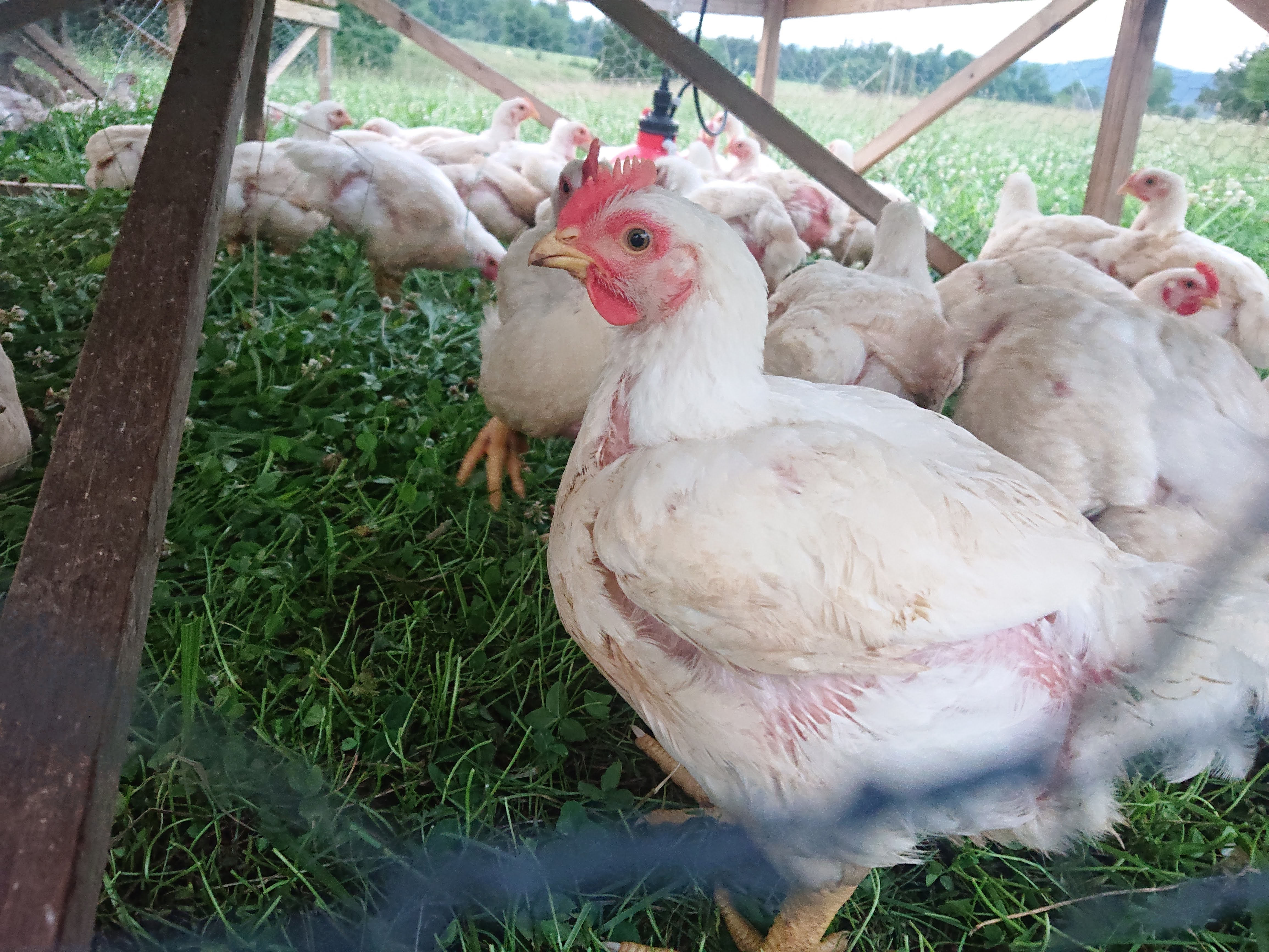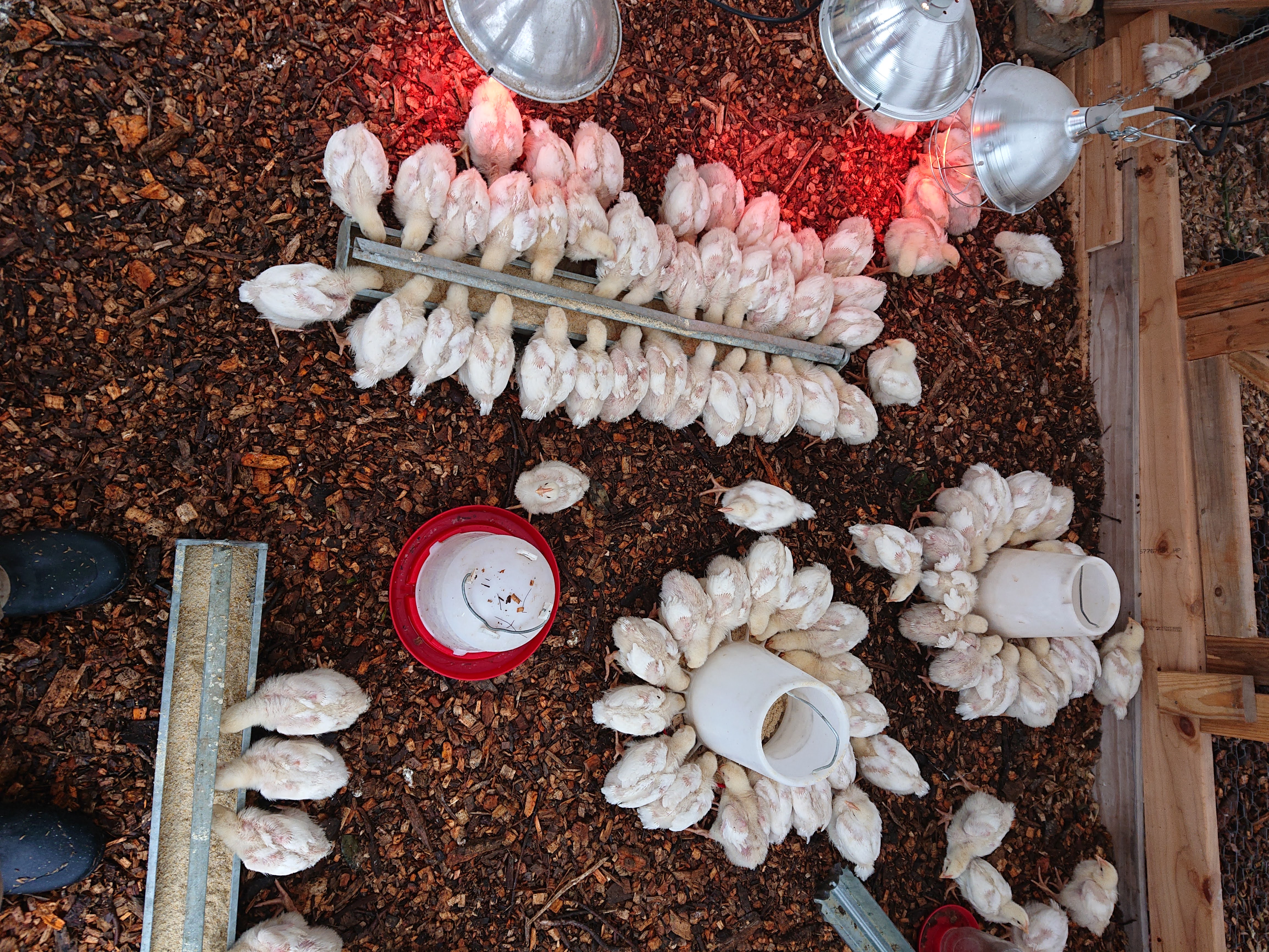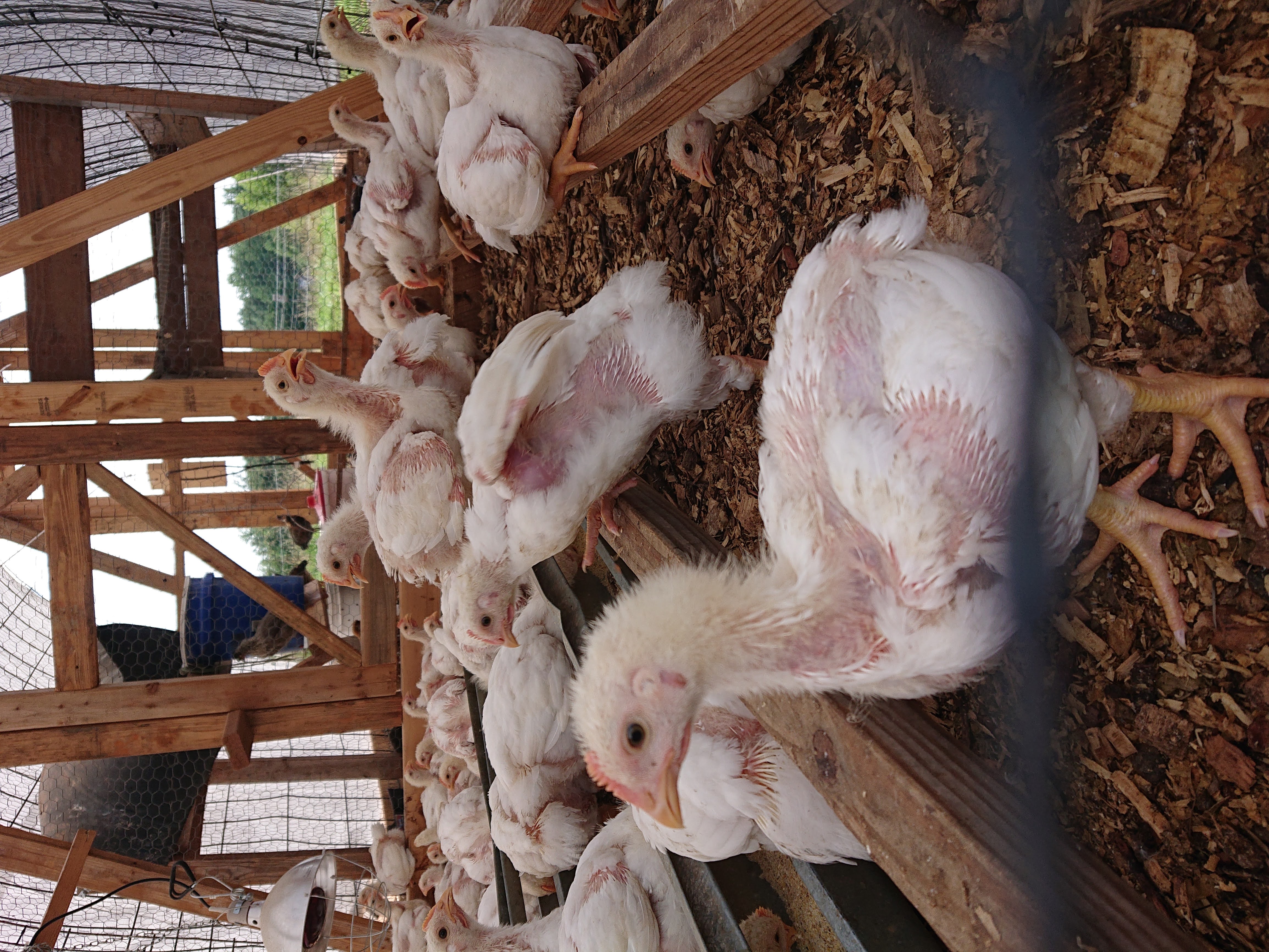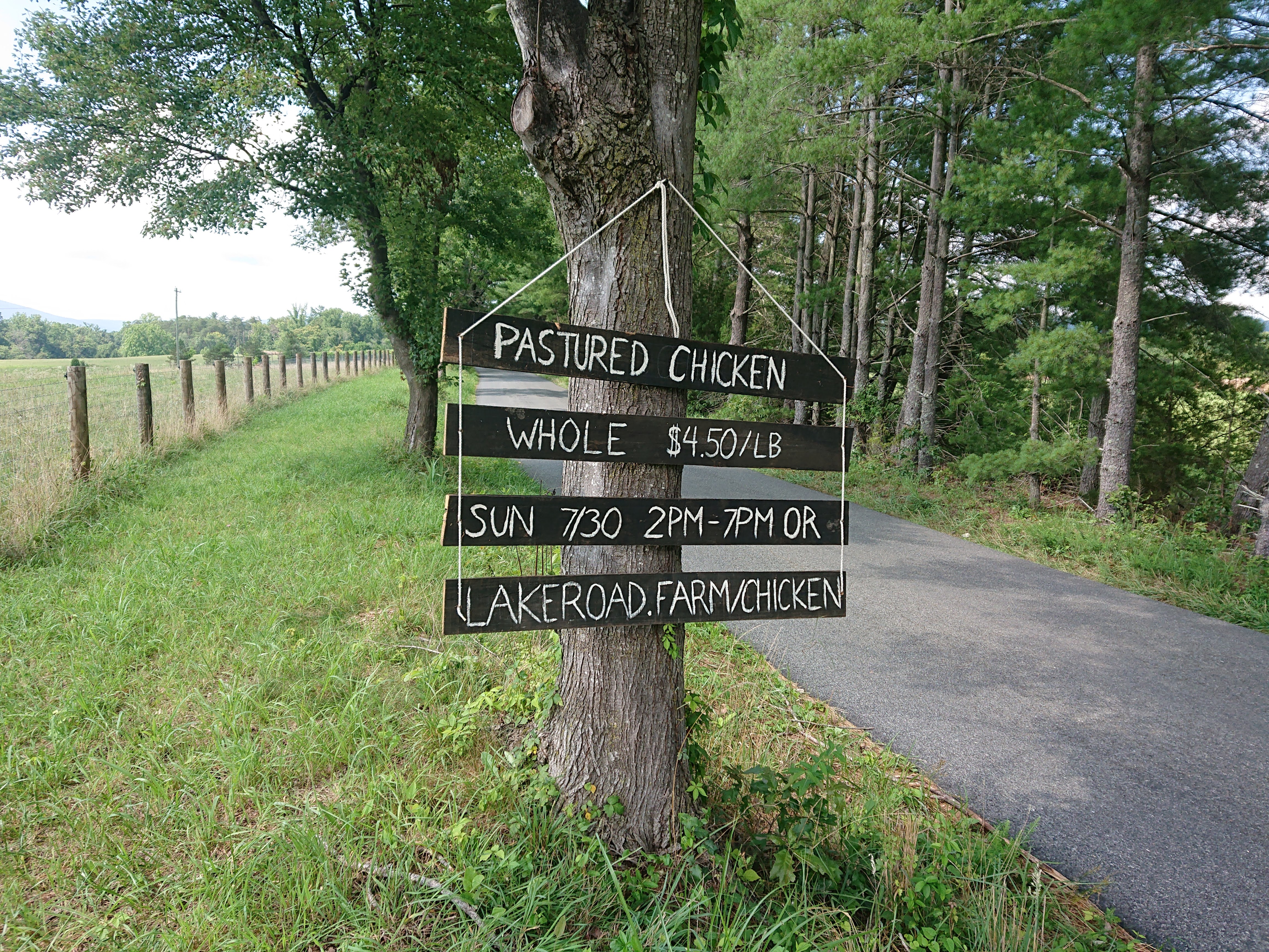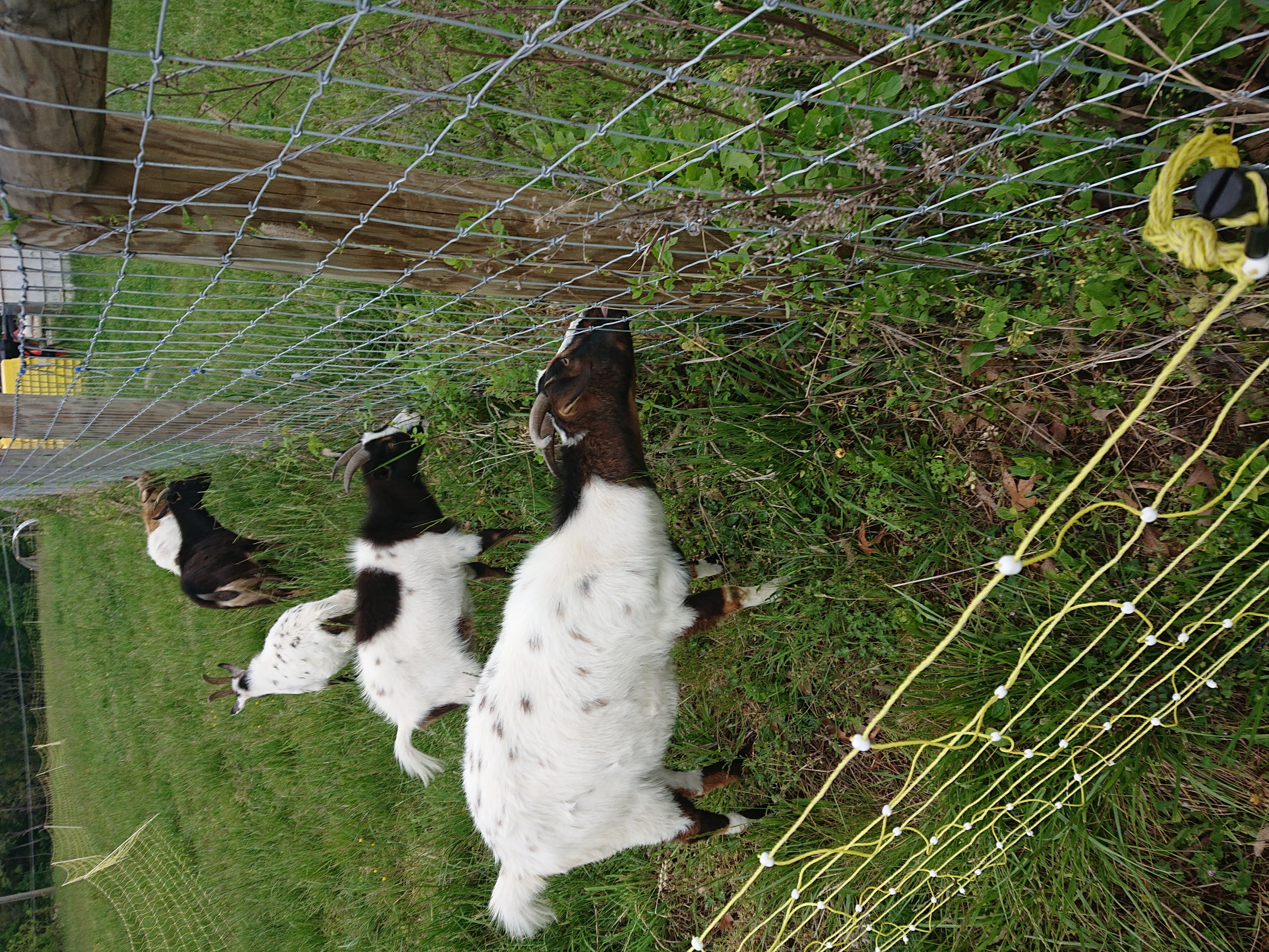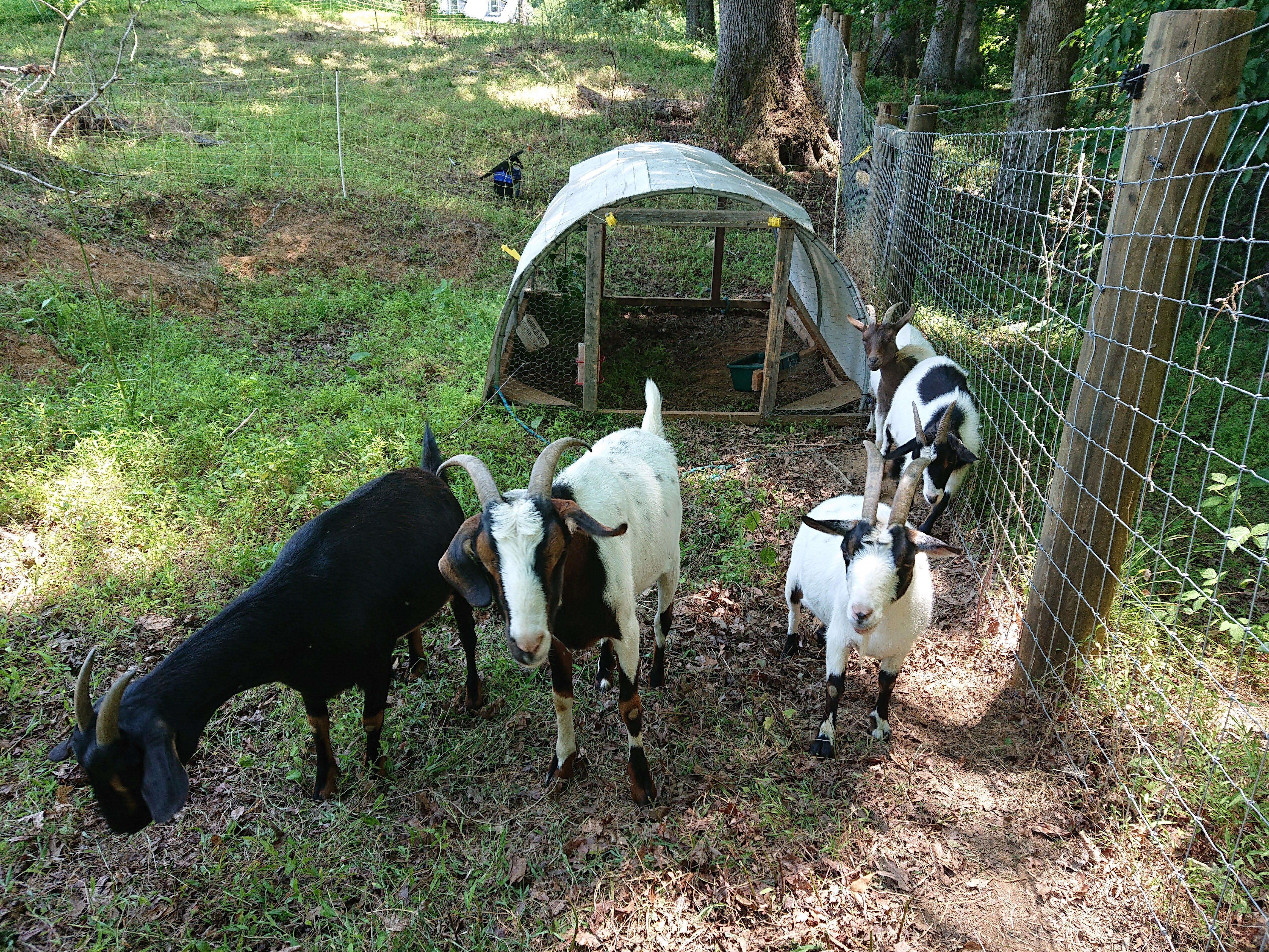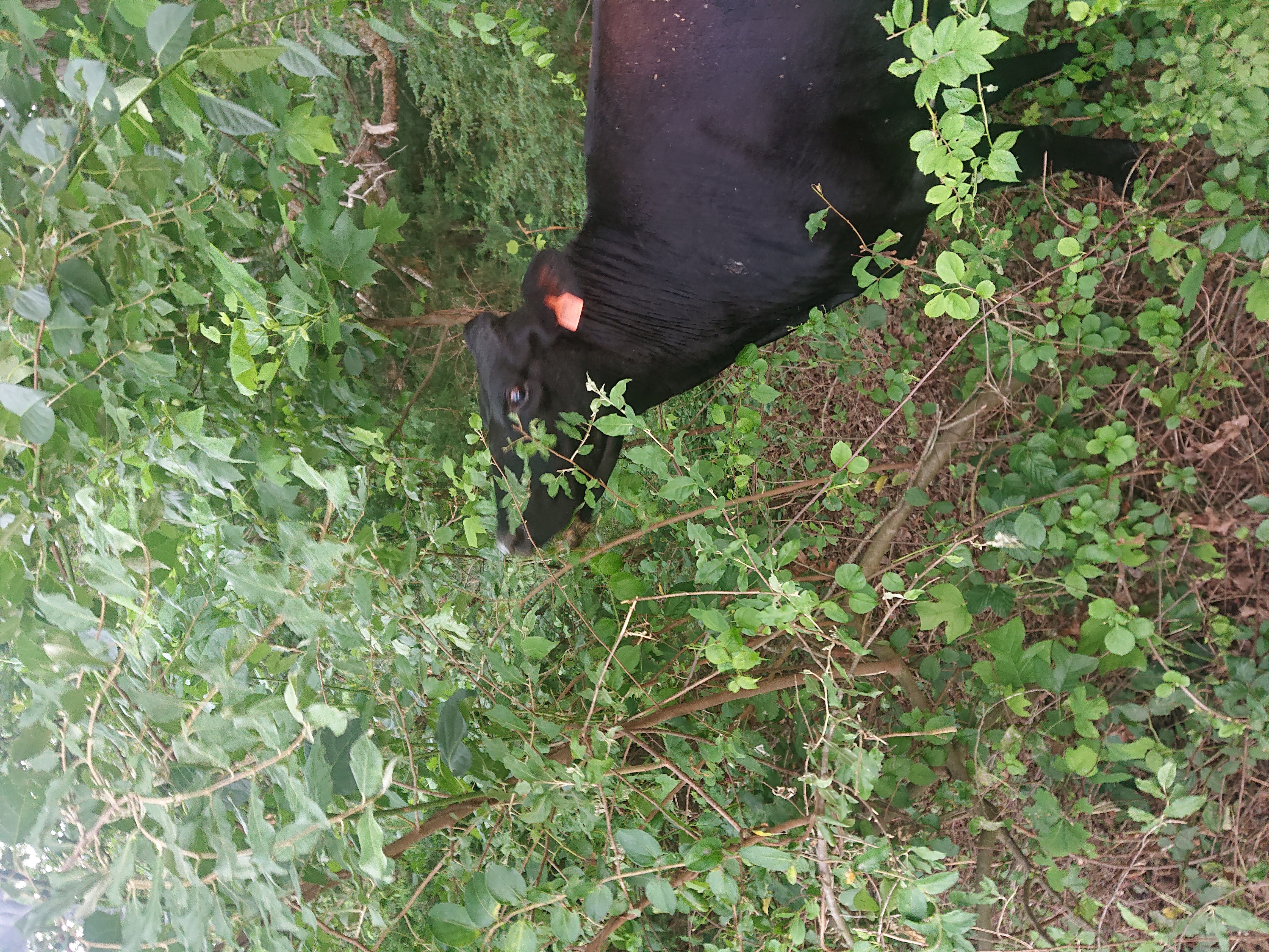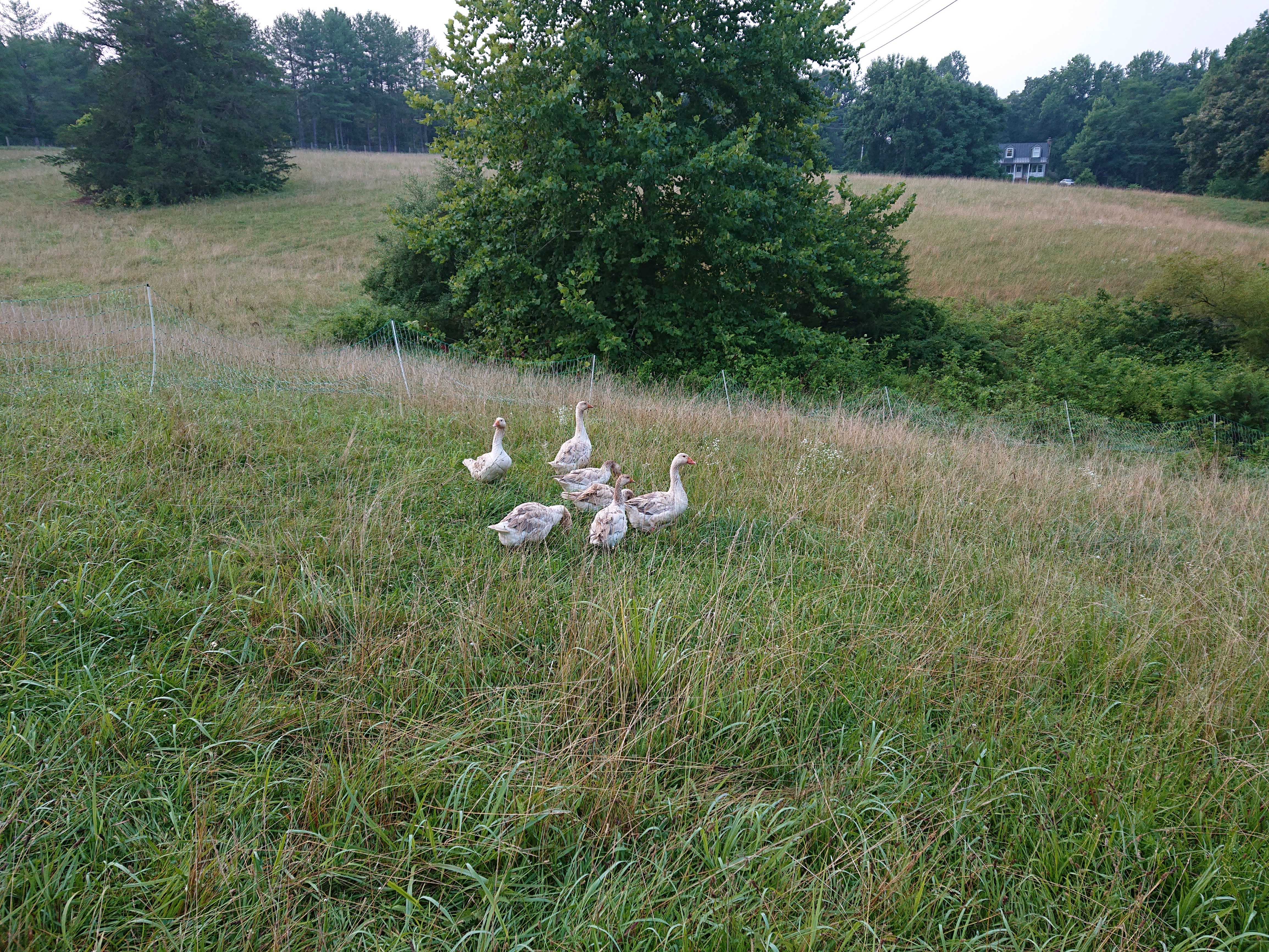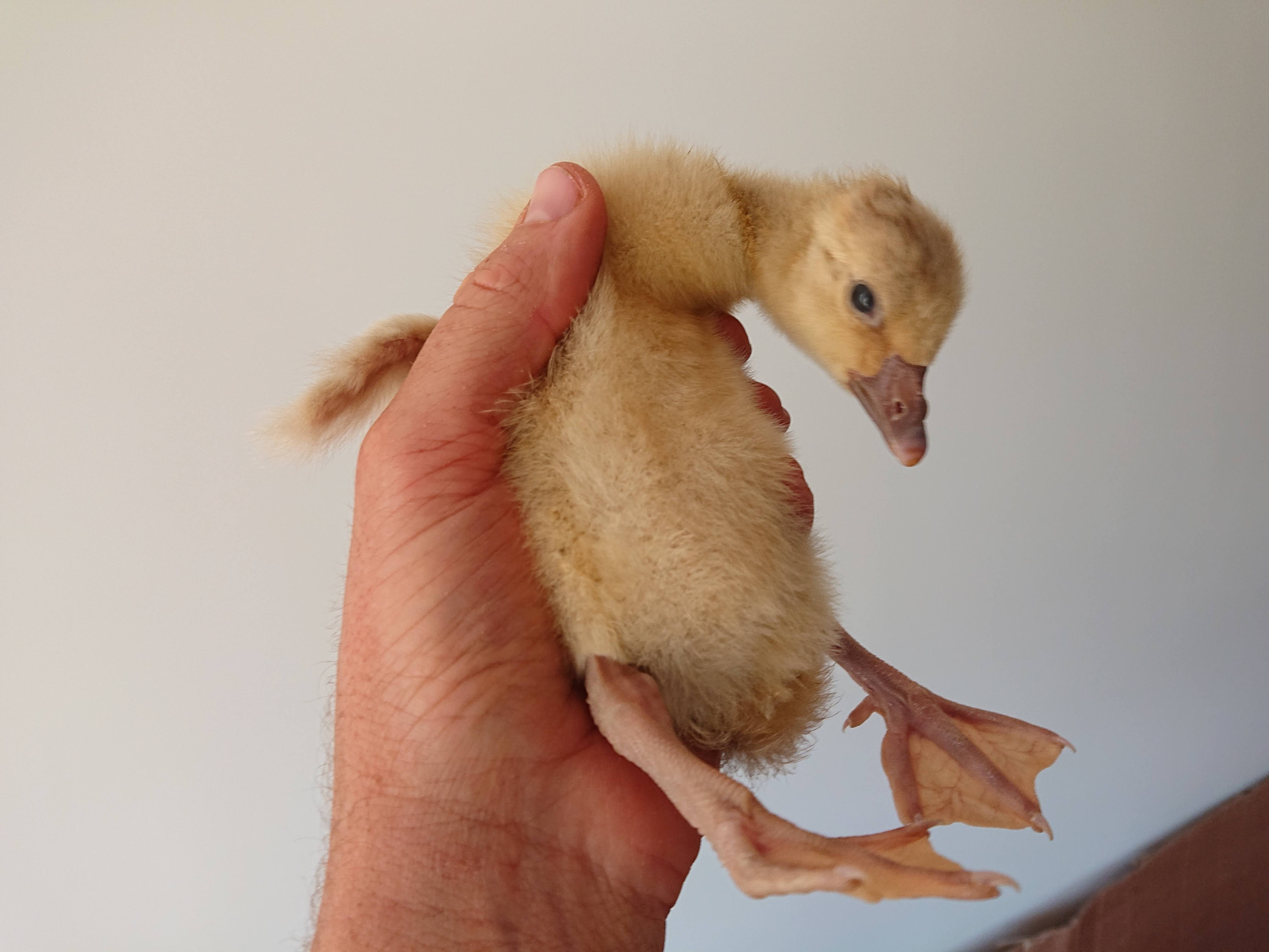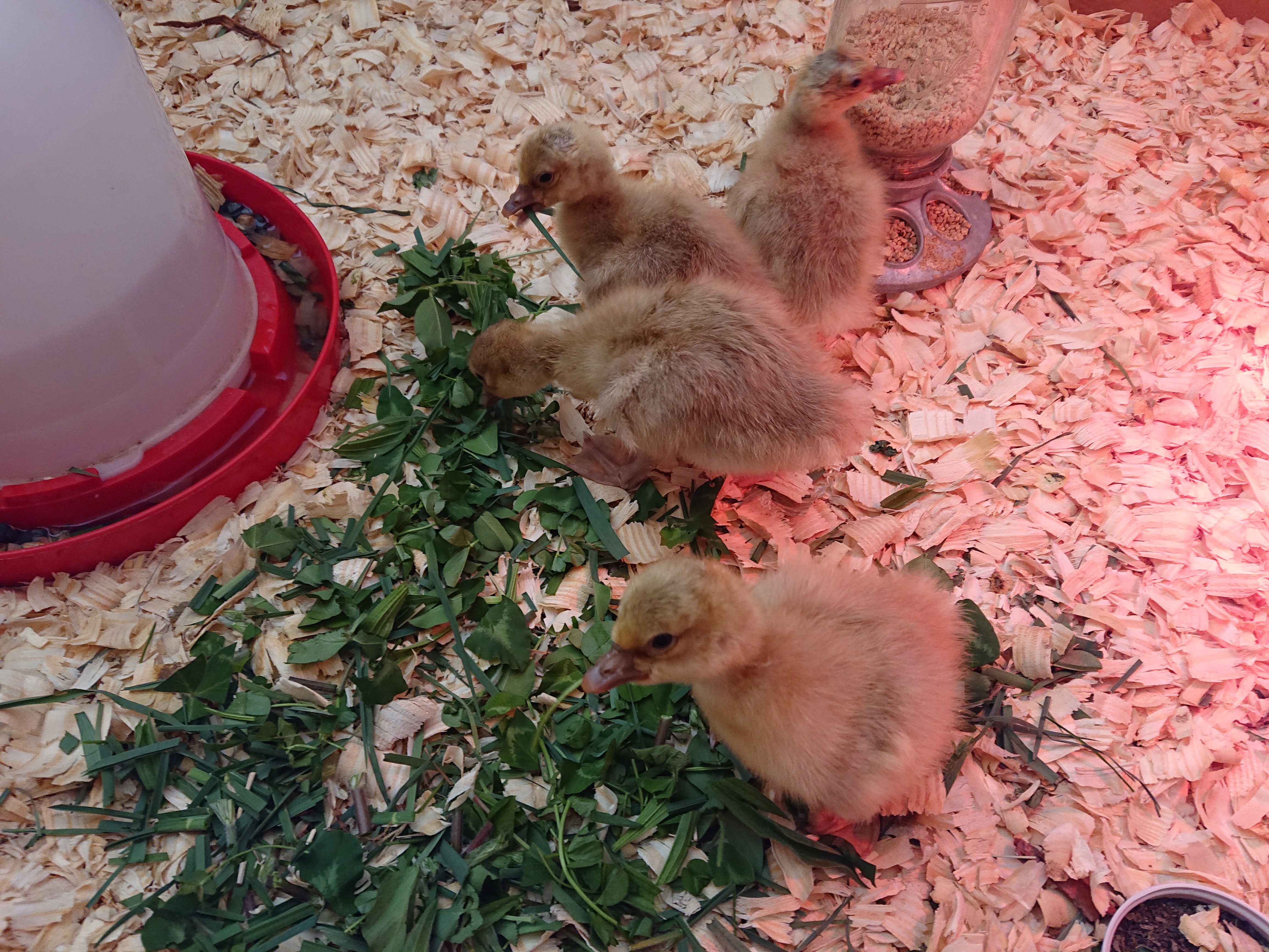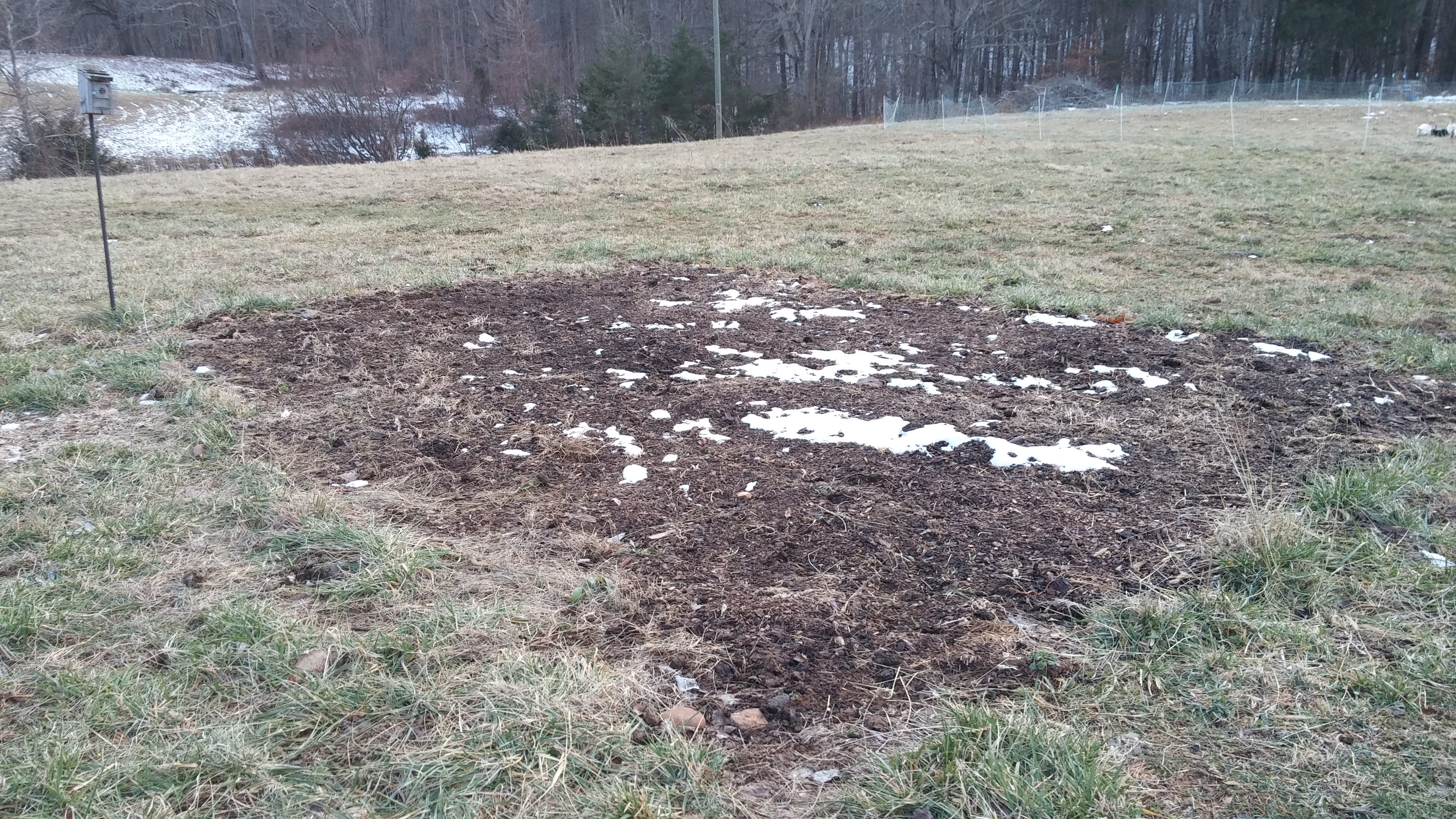2023 was a big year for Lake Road Farm.
Here are some thoughts looking back at the year.
The Dairy
Definitely the biggest work of the year was getting the dairy going. Calves arrived in May. (Bluebell came first, on the same day as the first picnic at St. Dunstan’s Academy.)
Milking
It was hard to get the cows on board for the milking routine. Especially in those early months, every day was a challenge, trying to get them to stand for milking. Eventually, they acclimated to stepping up to the stanchion and standing for milking. Artemis, the smallest of the four, remains the most hesitant to step up (and the most likely to, erm, relieve herself during the process).
Getting a hang of the vacuum pump, milker, and cleaning routine has gone well. The milker itself is a great machine: it breaks down into dozens of pieces for cleaning, but each one only fits one way.
Sunrises
One of the best things about milking is seeing so many sunrises. There are many great ones, but here are a few:
The Herdshare
It took some time for people to take an interest in the herdshare. This was a mercy: I had more than enough on my plate, getting the calves sorted out and getting the hang of milking. As the year went on, more people joined and now, I’m getting just what I hoped out of it: a great connection to friends, family and neighbors on a regular basis, and a worthwhile income to fund my farming habit.
At time of writing, the herdshare is essentially at capacity! If production increases when the grass starts growing, I’ll likely use the extra to start making cheese again.
It’s been so fun to hear how people love the milk. Some adult customers have flashbacks to the farm-fresh milk of their youths. Parents tell me how their children now refuse milk from the grocery store (sorry, not sorry!). One of my dreams for this work is to savor the beautiful, interesting, delicious tradition of dairy foods and the herdshare has really made this come true.
Cheese
Arguably, the whole farm is just a means to an end: cheese! This year, I got to try my hand at making slightly larger batches (6 to 12 gallons, up to 20 gallons…) at cheese from my own milk. It was pretty magical.
I developed both recipes before we moved to the farm and for the most part, they translated fine to larger scale. The soft cheese required no changes.
For the hard cheese, I had to take care to press hard, or else the curd would retain too much moisture and lose its shape during aging. Also, a couple of times, the curd didn’t set in the expected time, so the cheese developed more acid before washing than expected. I actually preferred the end result: a bit tangier than your average gouda. I’ll probably make it that way on purpose in the future.
Calves
The calves really caught me by surprise. My main job at 20 Paces was to clean up after the growing lambs, and yet, I had no plan for the calves when they arrived.
Early on, I separated them from their mothers. It was a sad process and it created a ton of work for us – along with so much other farm setup during the summer. So in the end, I gave up and turned them back out with their mothers.
Re-reading Dairy Farming the Beautiful Way, I read his description of 12-on, 12-off milk sharing. In that arrangement, the calves are isolated from their mothers in the evening, then reunited after morning milking. I adopted this for several weeks before weaning the calves, and I’d say it worked great, given that I could deal with reduced yield. I was happy because I knew the calves would be healthy: they’d get the immune advantage of frequent nursing and they’d eat well, with much less work from me.
The two steer calves, Bud and Basil, eventually found their way to my friend Zack’s beef herd. The two heifers, Bluebell and Buttercup, are staying here, perhaps to join the dairy herd in 2025.
The Vet
I was nervous about finding a farm vet, but I shouldn’t’ve been: Louisa Vet Services has been excellent. Dr. Melinda and Dr. Katie helped with vaccinations, castrations, dehorning, mastitis treatment, and artificial insemination.
One of my proudest moments was when Dr. Katie returned for a visit after several months away. She saw some changes around the farm and said, “I don’t want to be condescending, but… I’m so proud of you!” It made me proud: I’d been hard at work but hadn’t appreciated the progress.
Grazing
I’d read plenty of books about rotational grazing. This year, it was awesome to see it in action. I’m eager to see if I can manage the pasture well enough that it improves over the years ahead.
It took me a while, but I learned how to work the paddocks out and around like a loop, so that a center lane is maintained. Paddocks are formed on the back half of the pasture on one side, then after reaching the end of the pasture, paddocks are formed on the front half. In the end, the back fence has been moved up so that the lane is no longer than the nearest paddock.
Buildings
This year, I built the milking shed with help from many friends. It was my first from-scratch timber frame design. I designed it in SketchUp and I learned that there’s something to be said for designing on paper: it’s easier to choose human-friendly measurements. (In SketchUp, I designed some joinery with strange sixteenth-based intervals. If I had designed on paper first, then transferred to SketchUp as a kind of validation, I would have avoided that oddity.)
Hay
I learned a lot about hay this year. I used lots of different kinds of hay for different things:
- Moldy small bales for mulching garden beds
- Seedy but well-kept small bales for chicken bedding, goat feed, and even calf feed. I got a deal on this because it was seedy and it ended up working great.
- High-quality grass small bales for feeding cows and calves. The cows liked it fine but they didn’t produce well, I think because there wasn’t enough protein.
- “Cow hay” round bales. The cows didn’t like it and didn’t eat it, because I was also offering them small bales. When I broke them open, I found a tobacco smell and dark brown, stemmy grass throughout. I’ll be mulching with the rest of it.
- Alfalfa-mix round bales. This stuff was amazing. Green, sweet-smelling, and leafy, the cows have been loving it and they’re producing as much now as they were when the drought set in.
The Drought
We got almost no rain from late July to late September. I happened to have a few leftover hay bales from winter, and so I fed those to the cows when the grass ran out. Since then, I’ve heard that the drought was really an exceptional one: a hay farmer said his yield was only 60% of a normal year; in response to our comments about plant die-off, a landscaper said she wouldn’t use this year as a baseline for future years; I heard from a herdshare member that Creambrook built up a long waitlist because of the drought.
To make matters worse, I had the place bush-hogged in late August. So once the drought was settled in, any remaining grass had been chopped down! An unlucky gamble by me; next year I’m going to try skipping bush-hogging altogether.
Laying Hens
In March of 2023, all my laying hens were eaten by a fox one morning. (Technically, an irrelevant few survived.) So I set to rebuilding my flock of Icelandics. My friend Thomas had some juveniles he’d hatched, but didn’t have room for, so he gave them back to me. Unfortunately, they also fell to a predator during the spring. My brother-in-law, Tom, had a daughter flock of ours, and we had some eggs in the fridge, so I did two rounds in my four-dozen-at-a-time incubator. (The hatch rate on those refrigerated eggs wasn’t good…)
I also bought some replacement hens from Craigslist so we could have some eggs now.
One thing I learned this year is that fresh cedar chips are poisonous to chickens. I lost several juvenile Icelandics that way, sad.
The Eliot Coleman-style chickshaw served me well this year:
It was made out of old fence boards and is falling apart in several places, so I’m building a replacement for it.
For the winter, the chickens are all in the hoop coop. A hawk started snacking on them in the fall (right after I sold my big off-breed rooster…), so they’ve been “inside” since then. I’ll try them in the pasture again in the Spring.
Broilers
Ari, a high-schooler who helped out around the summer, built two fine Polyface-style broiler pens. They’re 8’x8’ and I added a strand of electric wire around the base to deter predators.
The pens worked great. I even went for the Salatin-recommended bell waters and I can see why he recommends them. They’re easy to refill, they feed lots of birds, and they don’t get dirty quickly.
I did two batches of broilers: 100 and 50. 100 is too many: the processing day is just too darn long. 50 was great.
My late-summer batch of broilers had the rockiest start of any I’ve tried. Several died in transit. When I went to pick them up at the post office, the clerk said, “Sir, there’s been … an odor..!”
I tried selling whole chickens with a neighborhood sign, but it was basically a fail.
Goats
In Fall of 2023 I bought some goats to munch down brush along the fencelines. They did a great job and I enjoyed their personalities, but in the Summer of 2024, I sold them. Once things picked up with the dairy, I couldn’t justify the work to keep them moved and watered.
Besides, I found that the cows actually showed a lot of interest in browsed. They defoliated young trees, nibbled on tender brambles (especially wild rose), and ate autumn olive leaves. One time, I saw the cows thrashing their heads in tall stand of weeds. I went over and saw that they were using the weeds as a fly swatter: brushing their heads all against them to knock flies off. Consequently, the stand of weeds was being demolished! It was one of many ways that the cows “cowify” the landscape around them.
I’m hopeful that managing cattle grazing will be enough to keep weeds down around the fence lines.
Geese
The geese are still kickin’, although they were found to not be very good guardians. I had an off-breed rooster which I kept while my Icelandics were growing out. When I thought my Icelandic roosters were big enough, I sold my other rooster. That day, a hawk started preying on my laying flock. I assume the geese were doing nothing, but the rooster was!
Still, I like the geese. They’re cute and they eat mostly grass, so I’d like to try raising some to eat.
I tried hatching some in Spring 2023, but I didn’t weigh the eggs along the way (I was trusting my new digital humidity pump…) so only a few successfully hatched. It was really sad but I’m hoping to try again this year.
Compost
The cows arrived in December of 2023. Soon afterward, I realized I could already collect my first harvest: manure! I used it to feed our composting worms and to prepare some beds for landscaping around the house.
The vermicompost went into the vegetable garden and certainly, no complaints there. The plants all seemed happy enough, although I was too busy with dairy-related stuff to pay too much attention to it.
The garden beds are ready for planting this Spring and I’m very optimistic about them. I used a “lasanga mulch” strategy, using repeated layers of paper (or cardboard), manure, and hay (or wood chips). The resulting compost is black, loose, and deliciously earthy-smelling.
